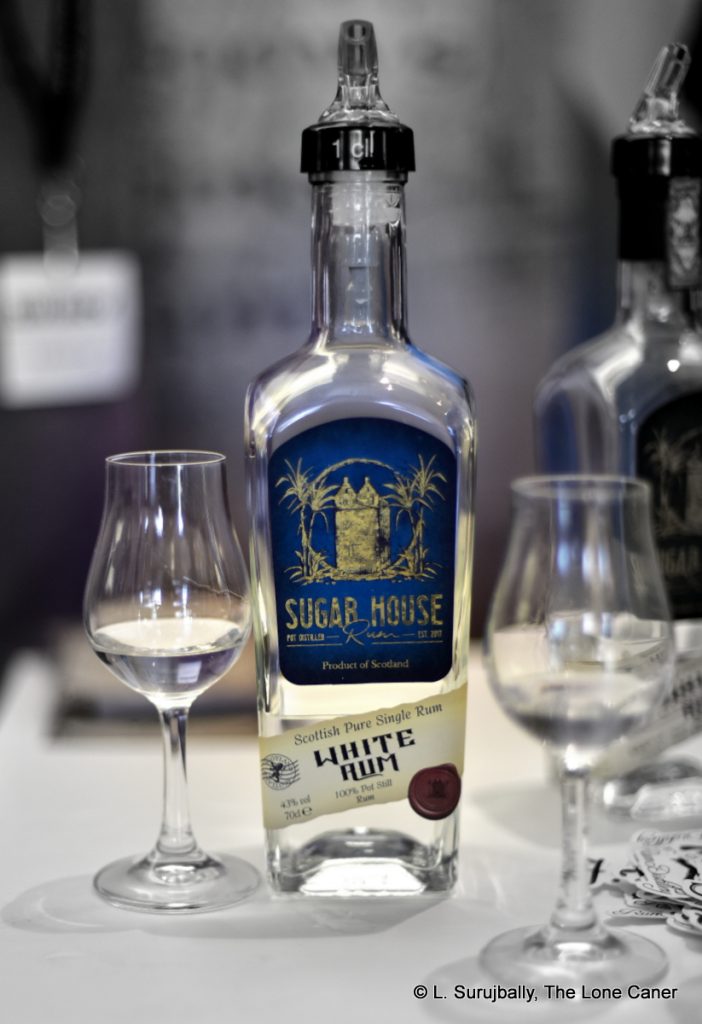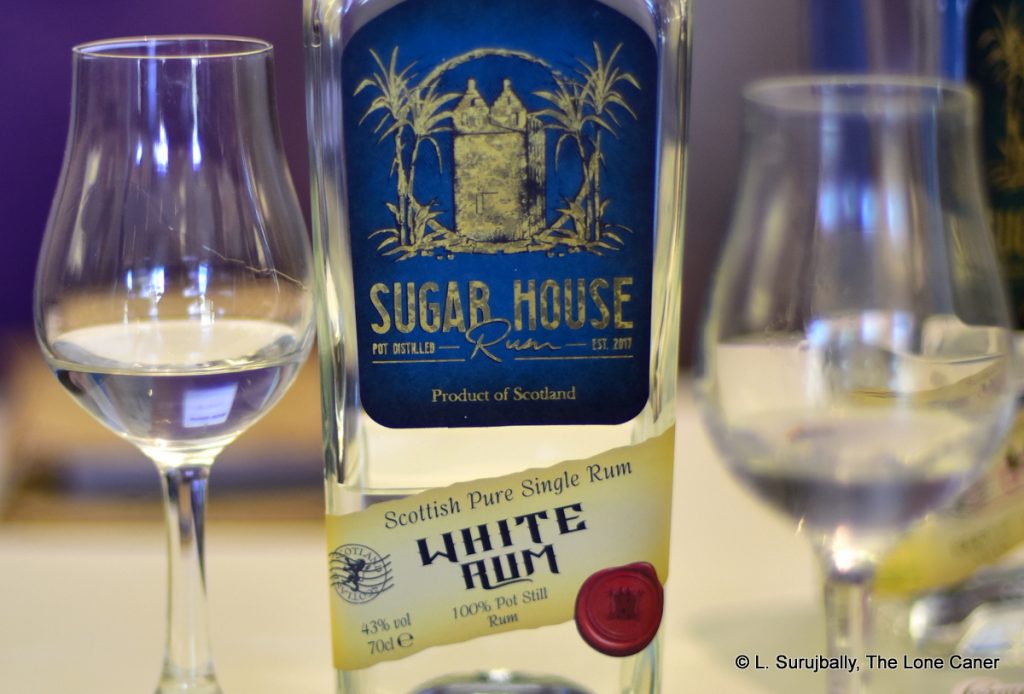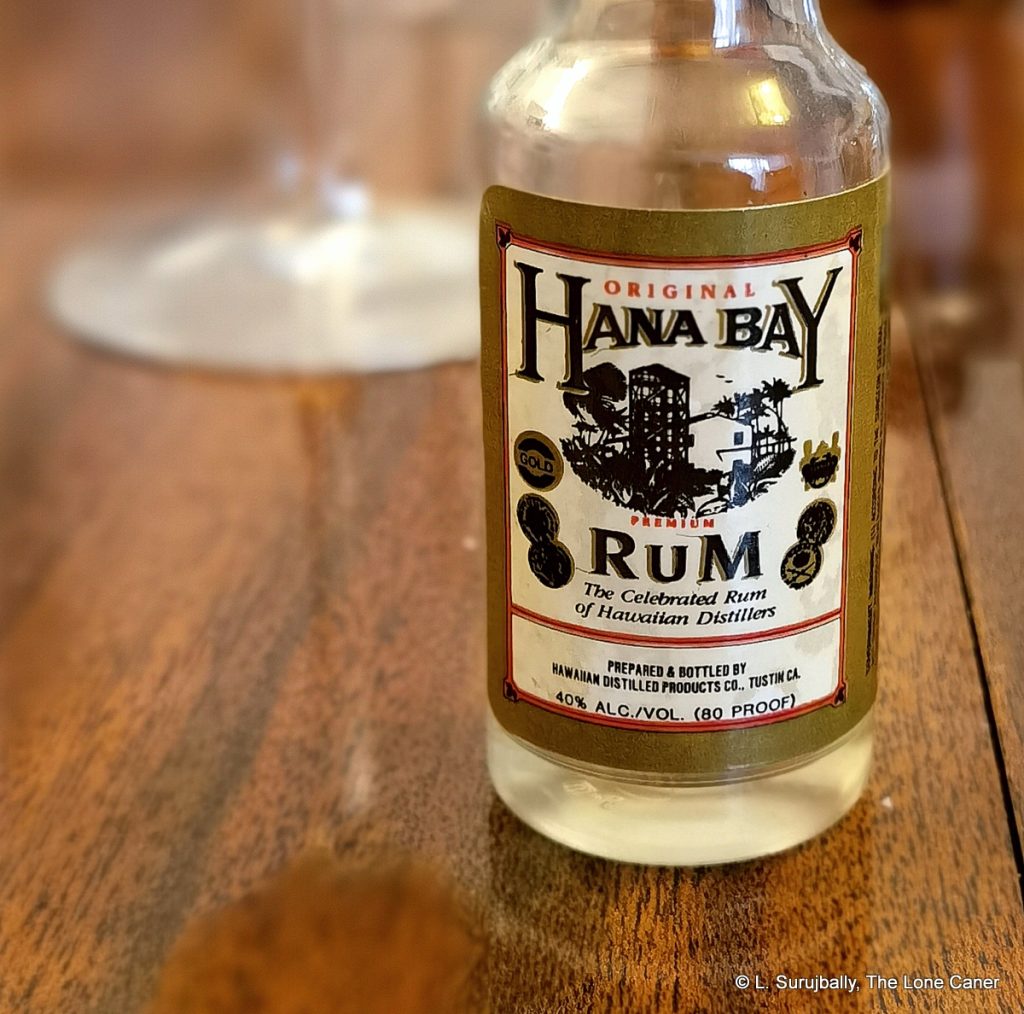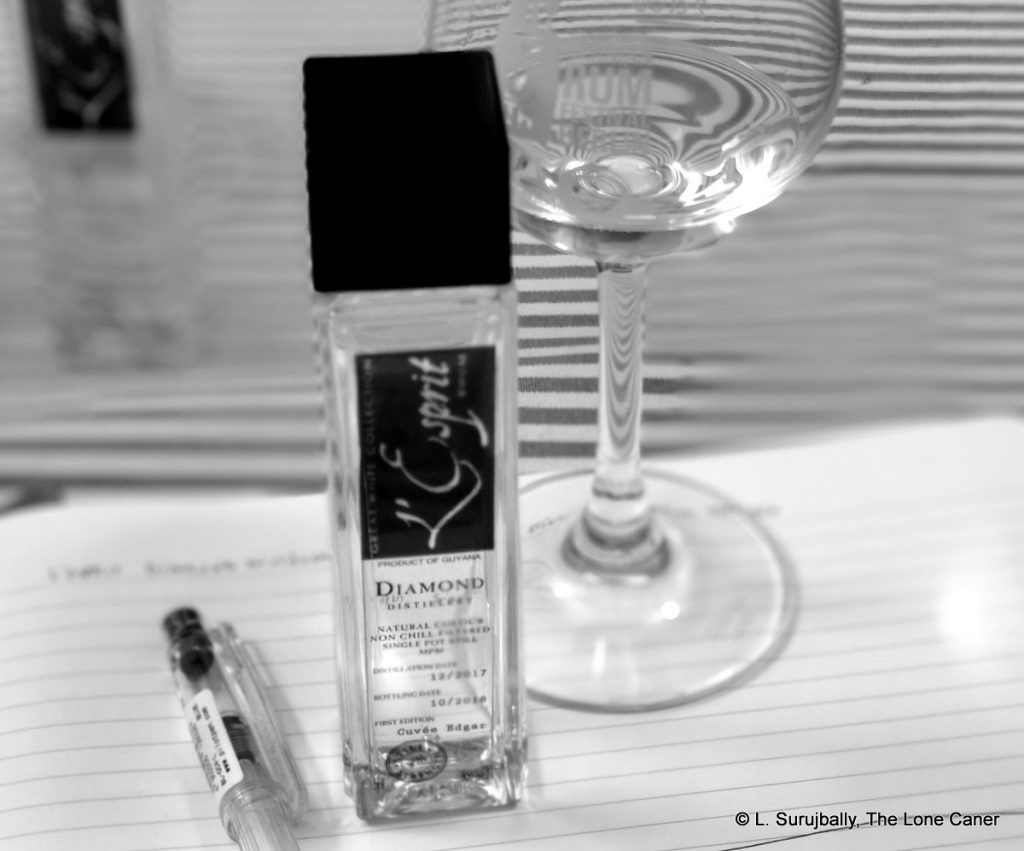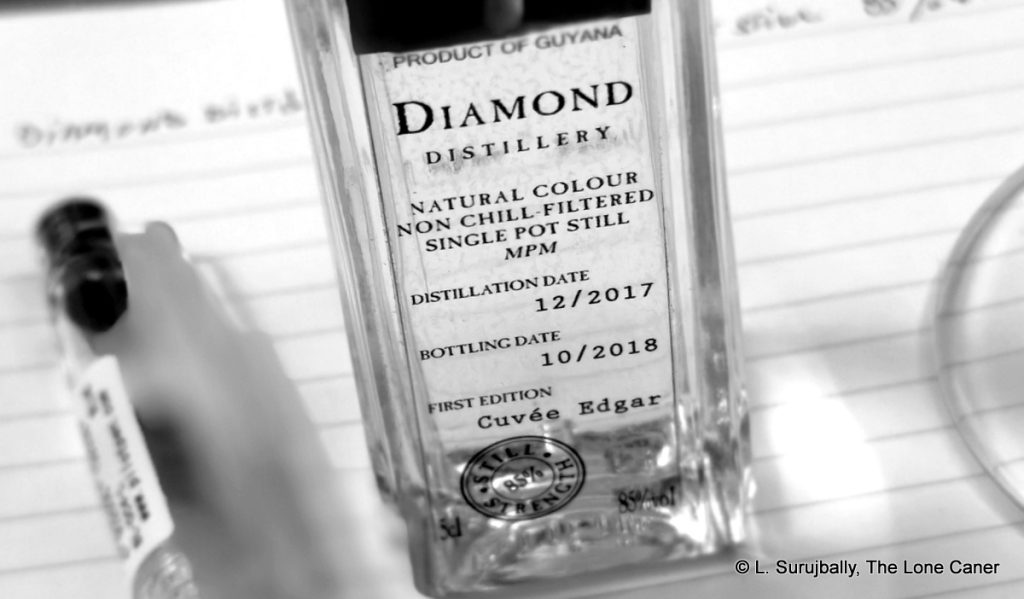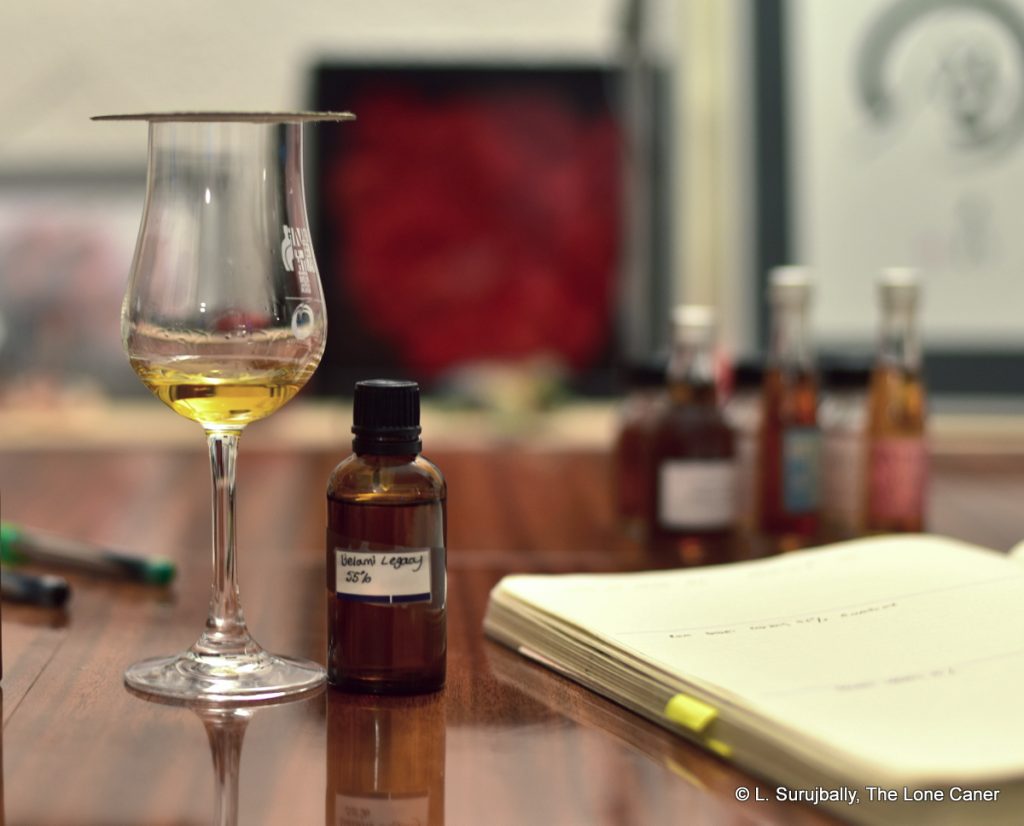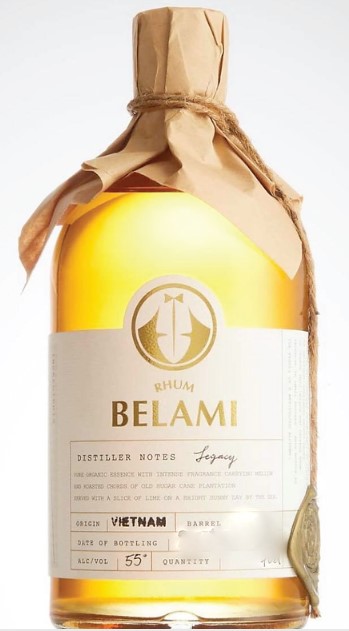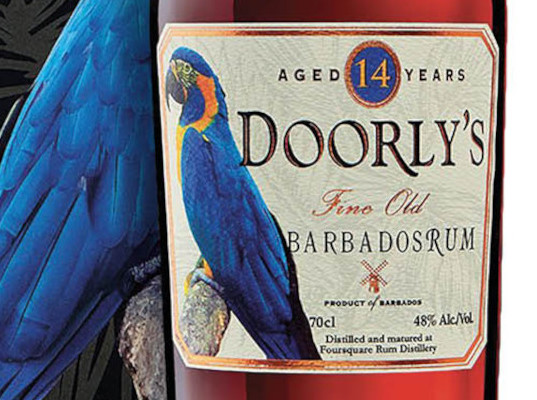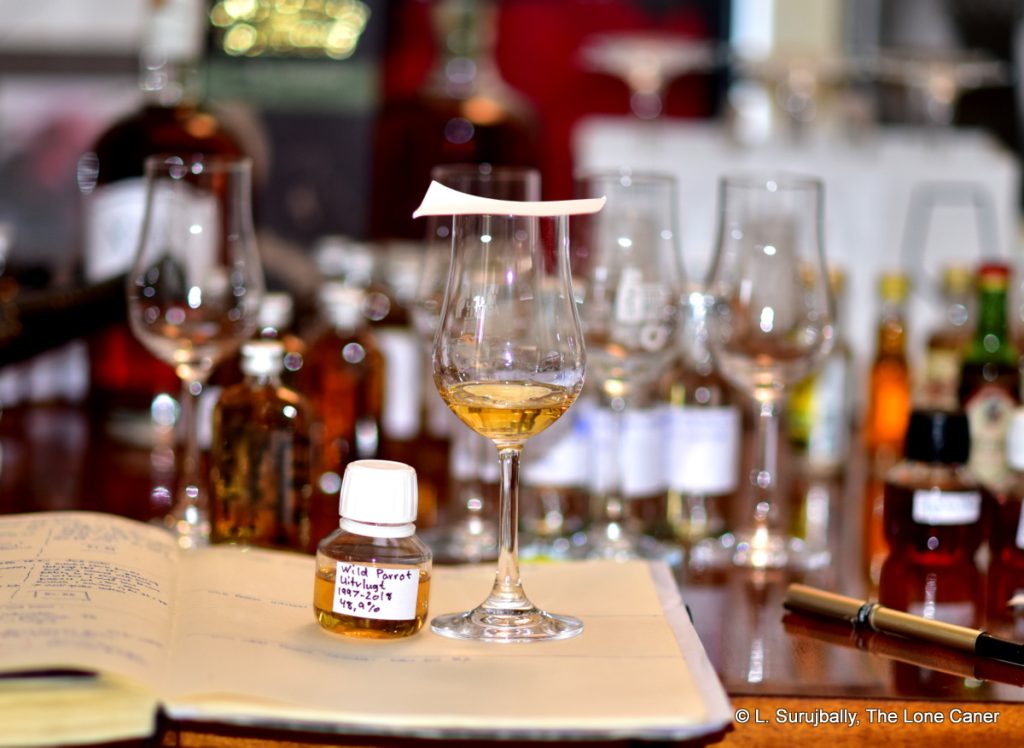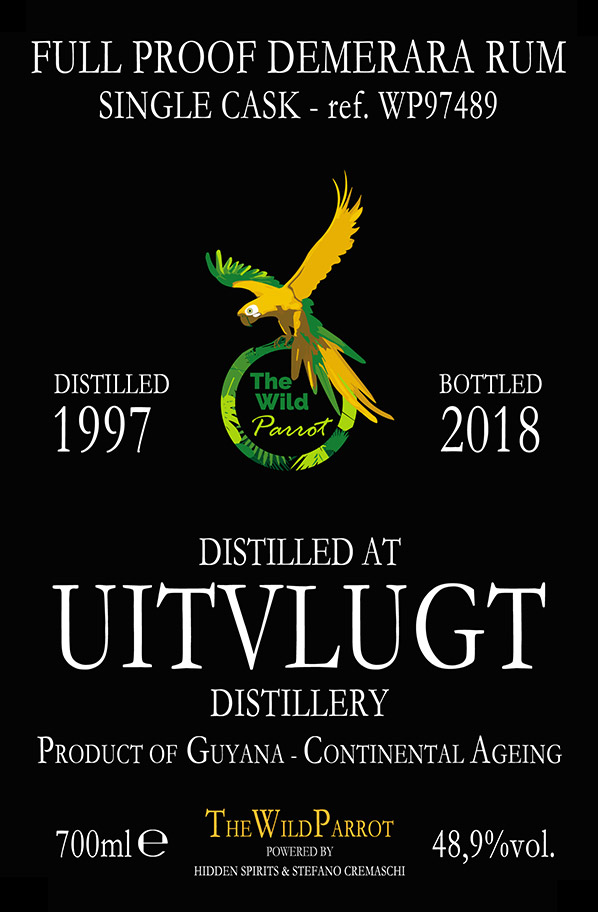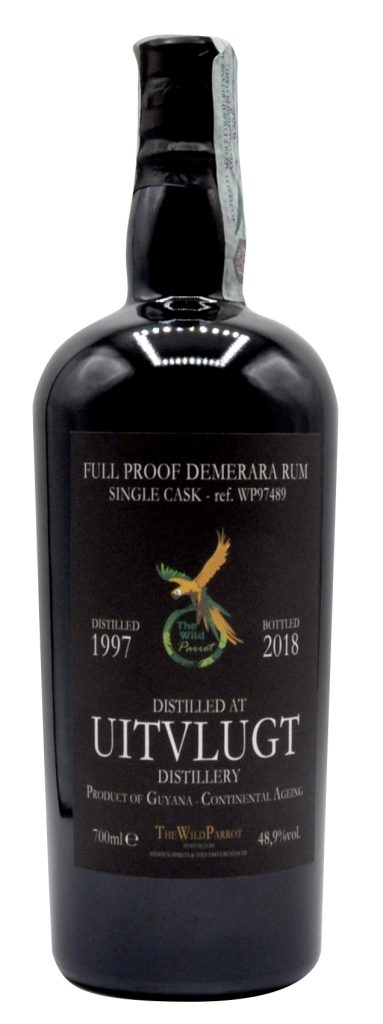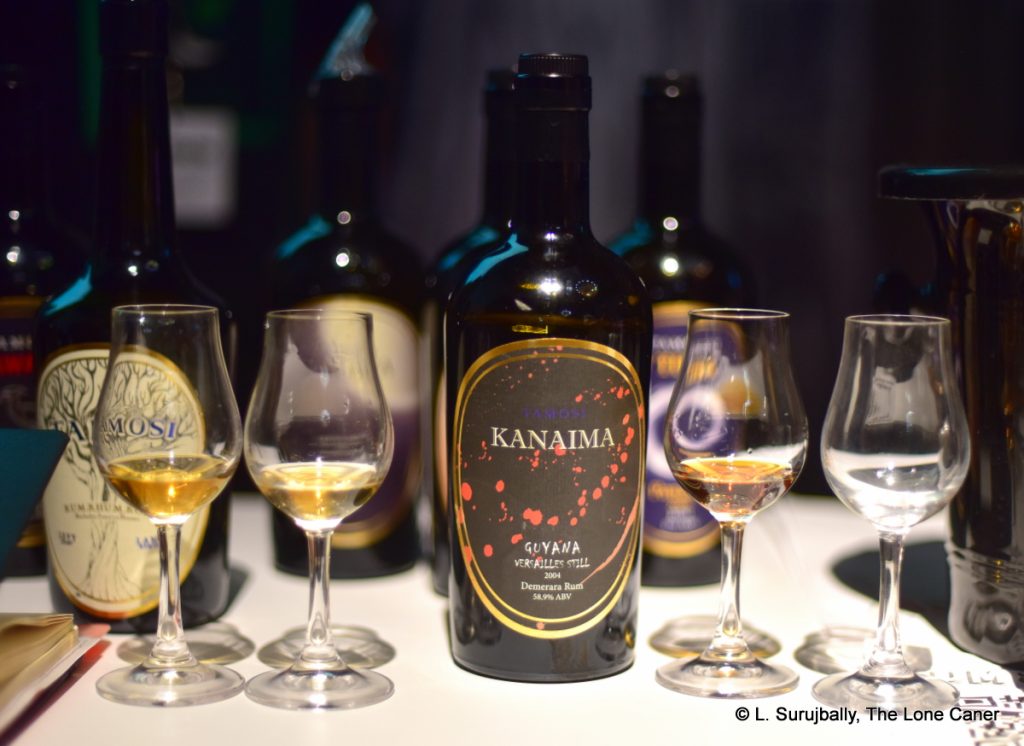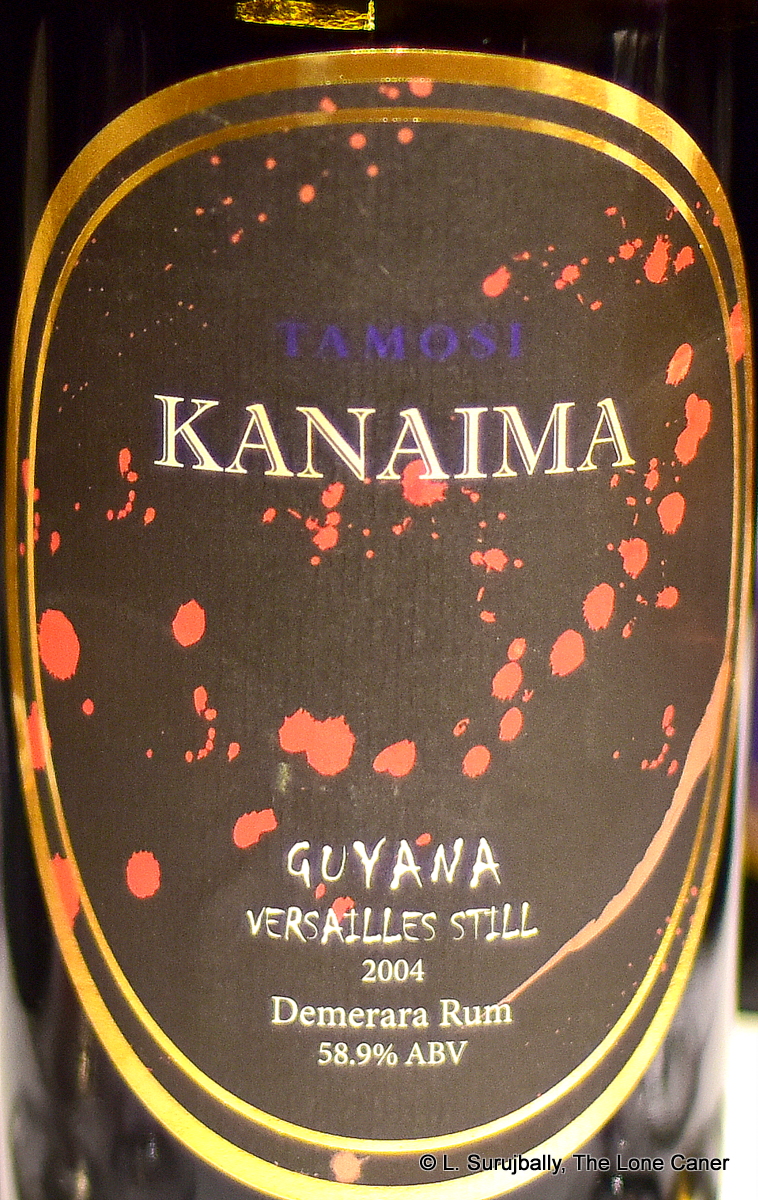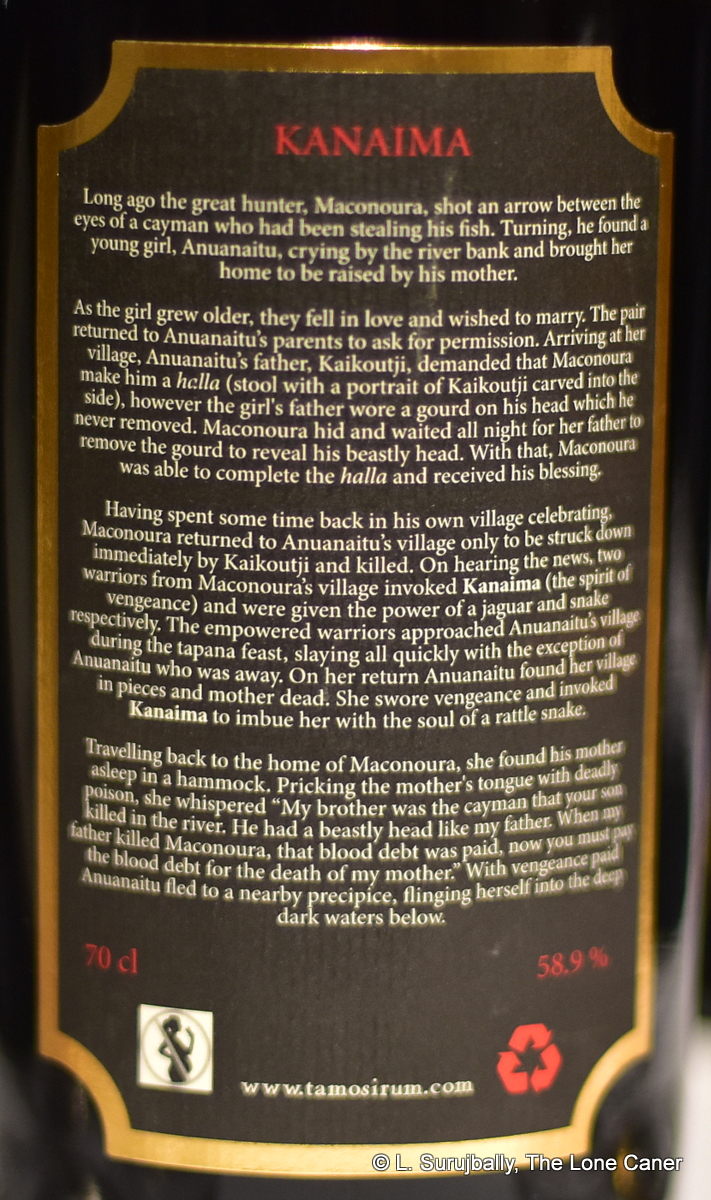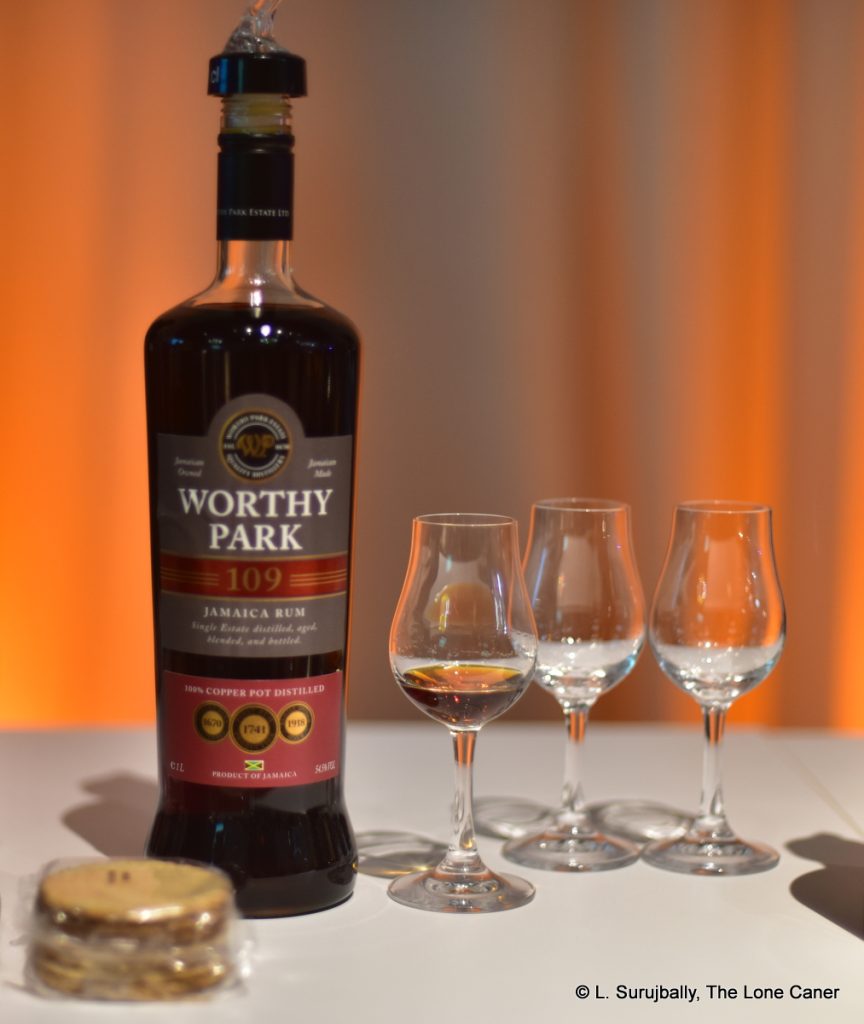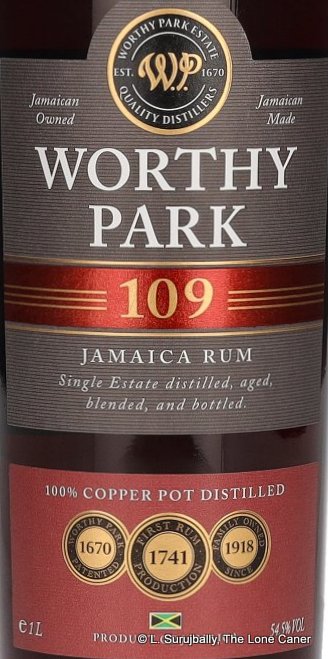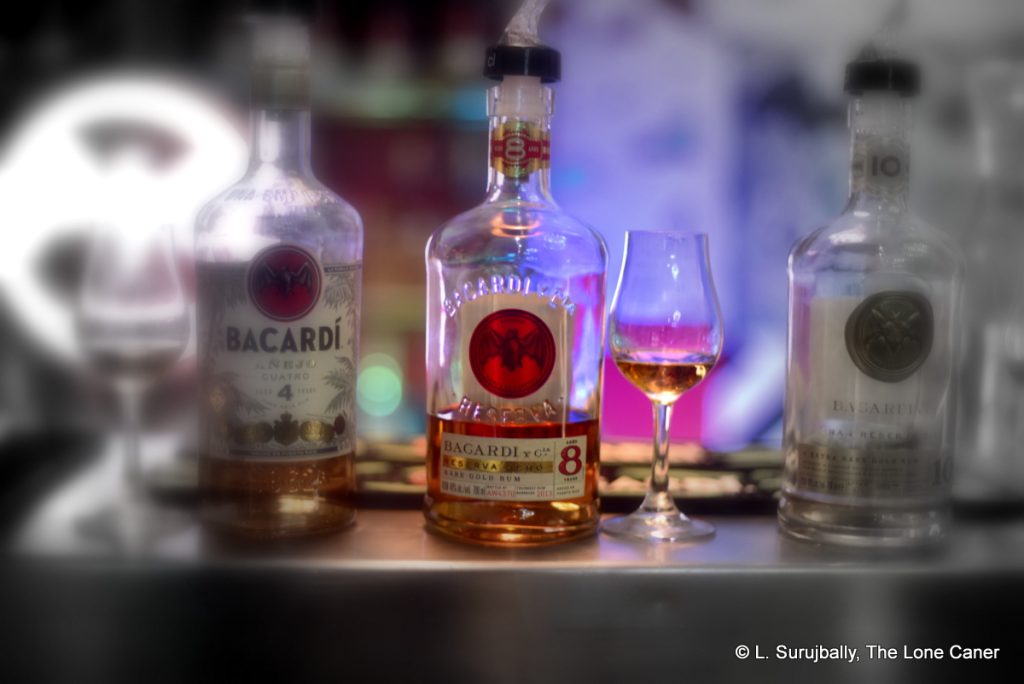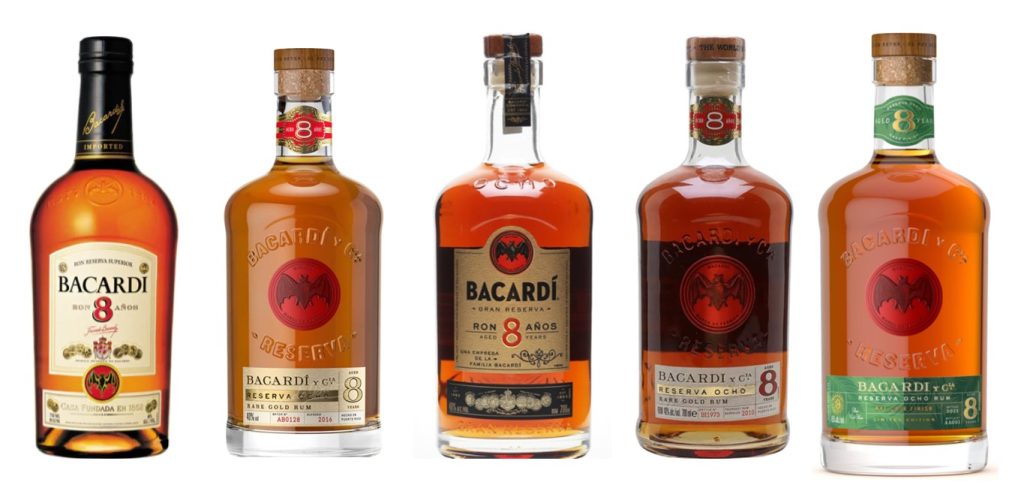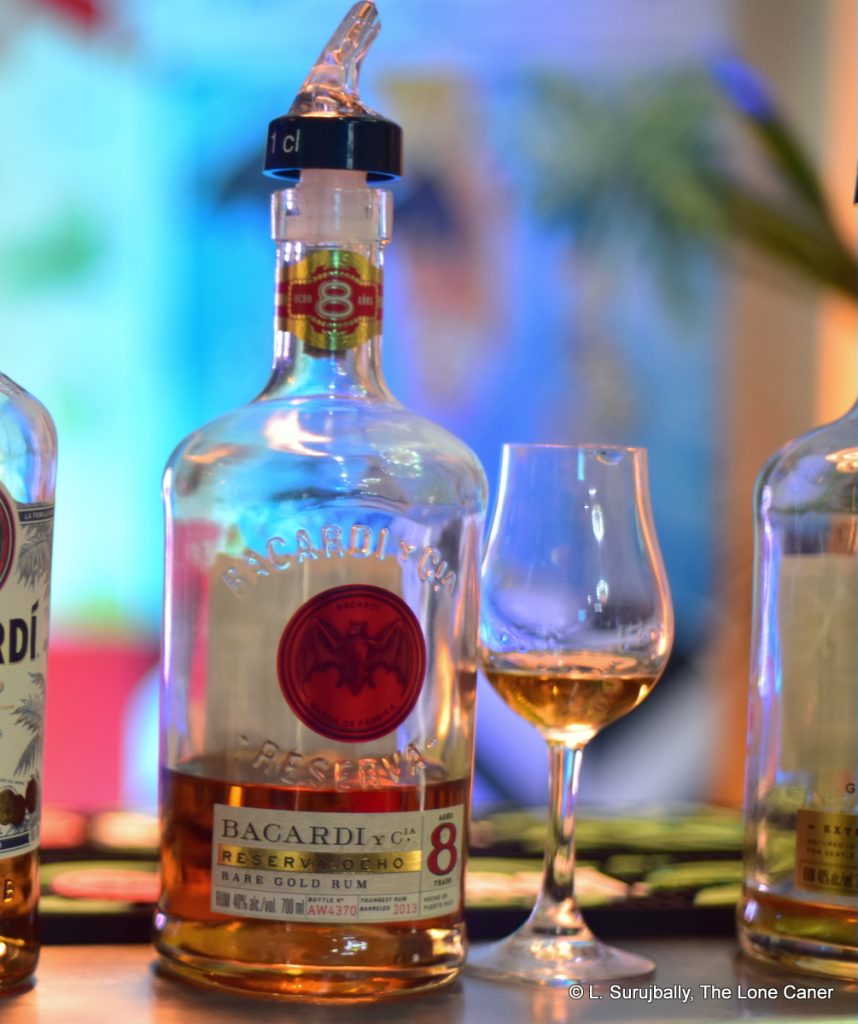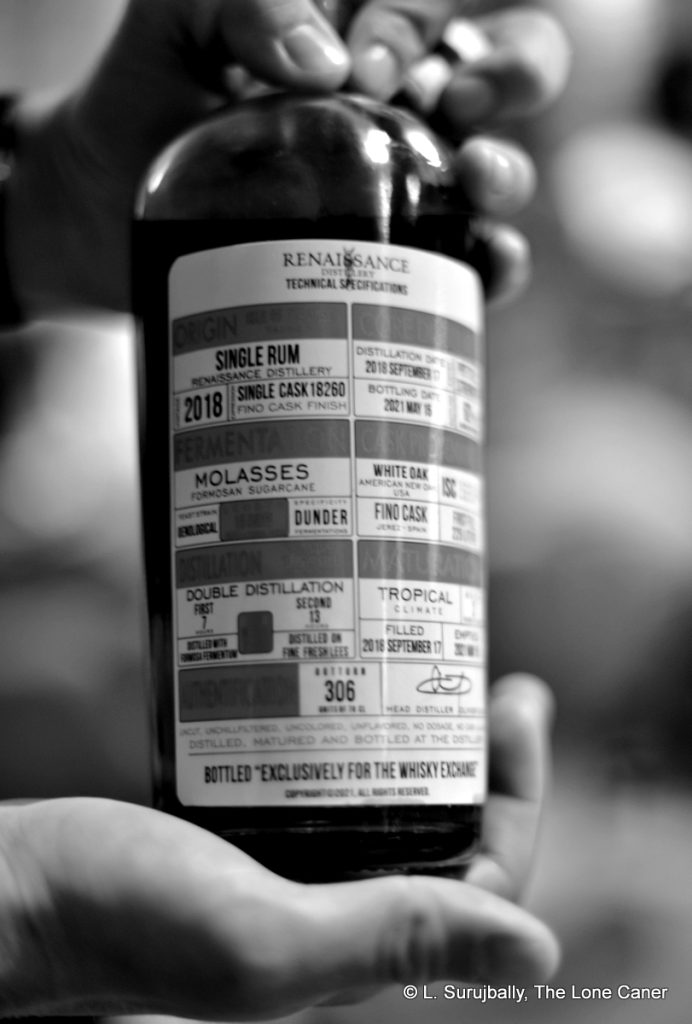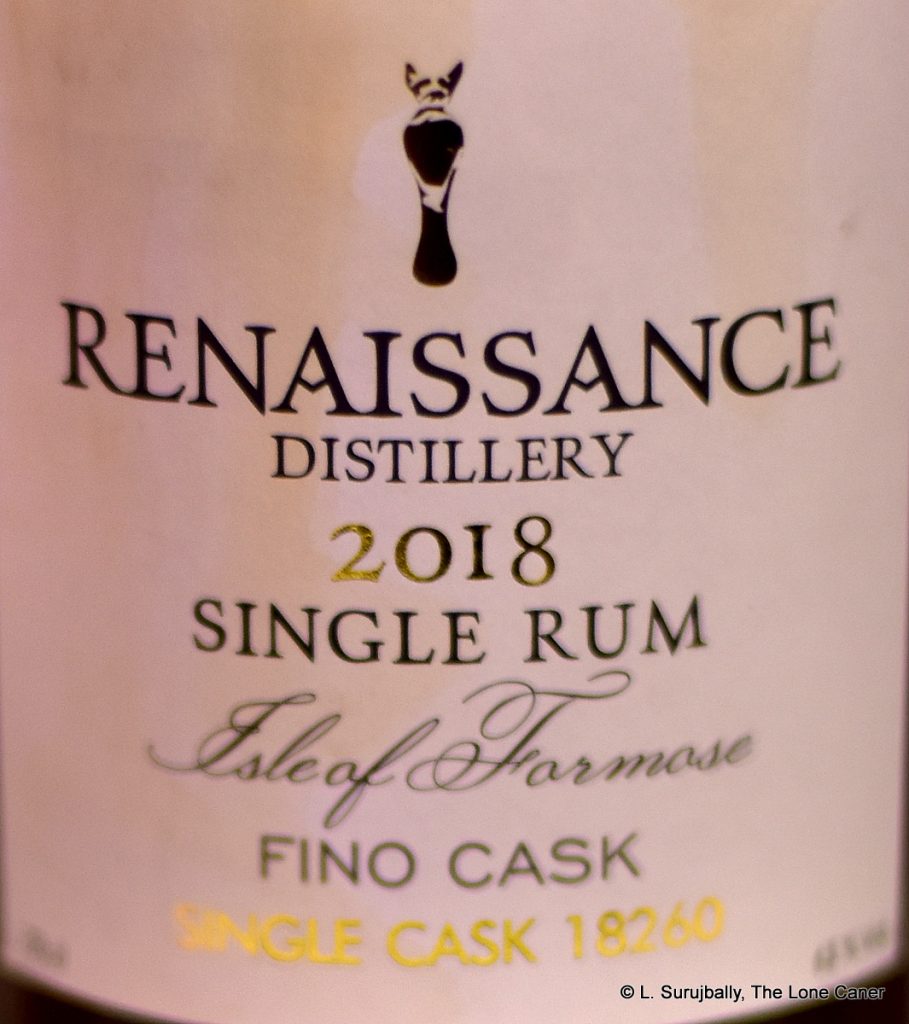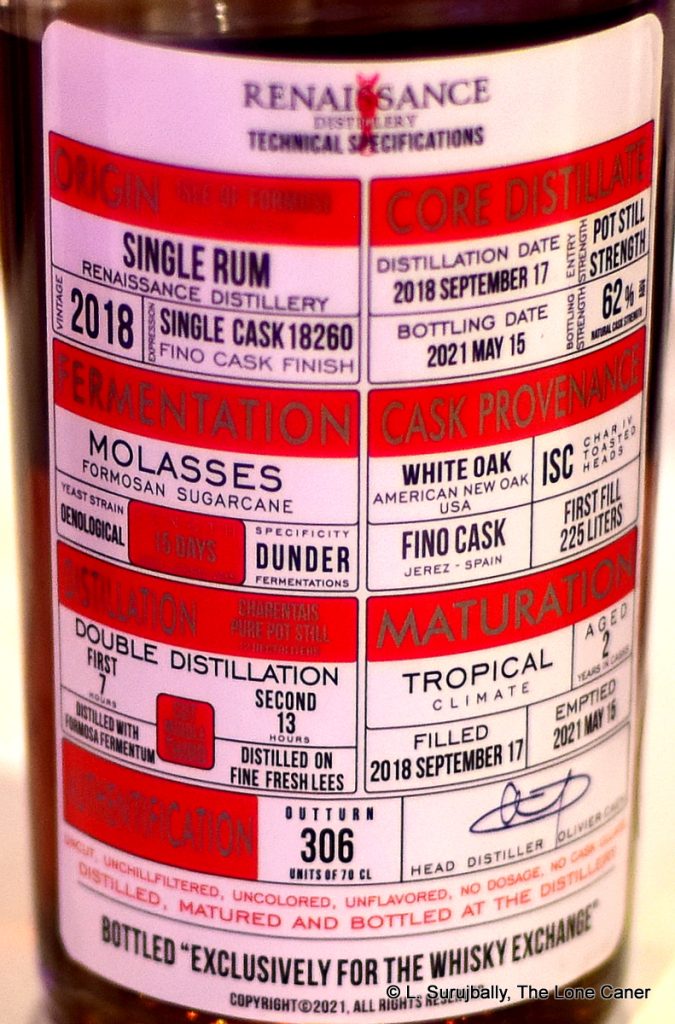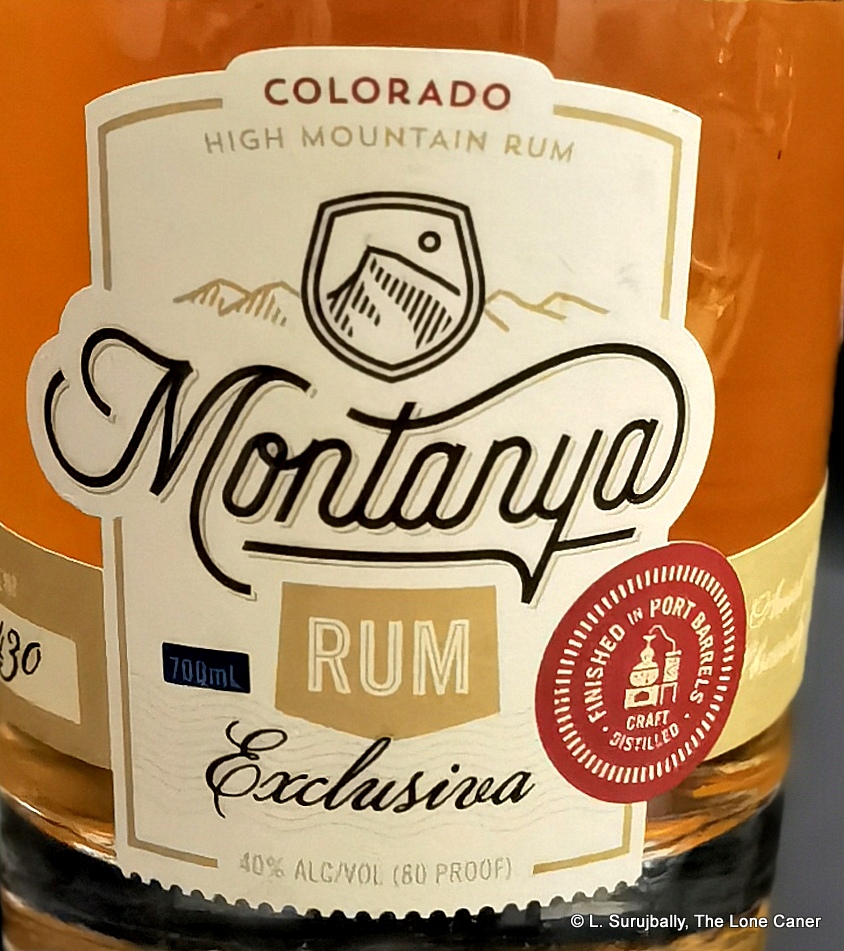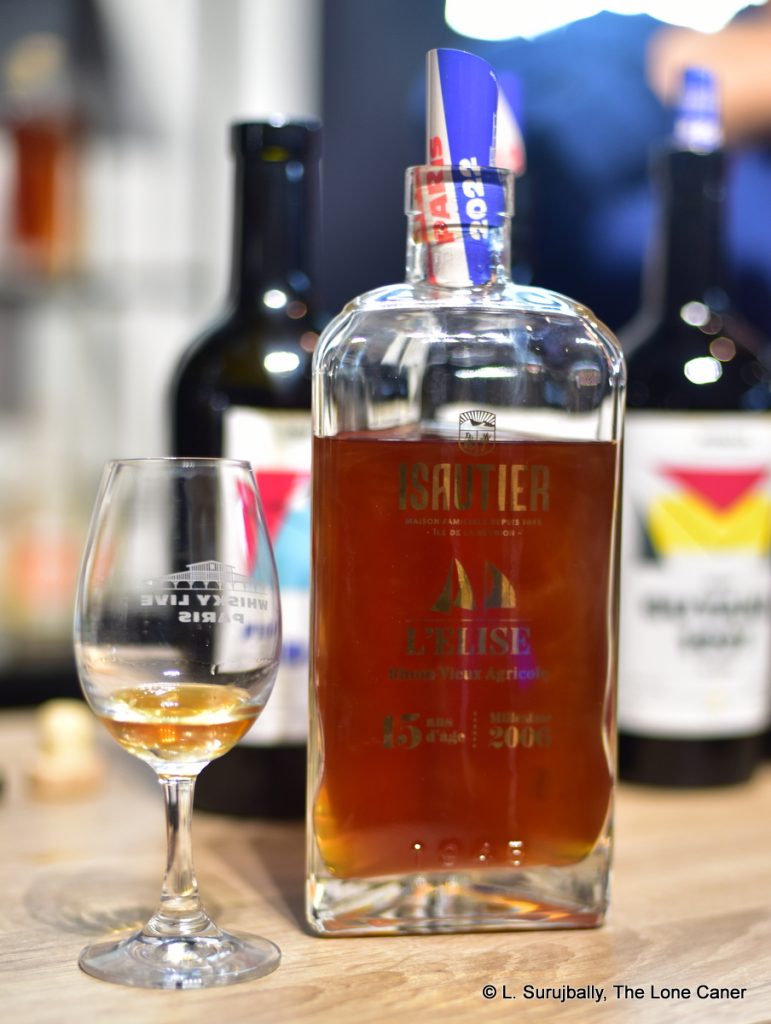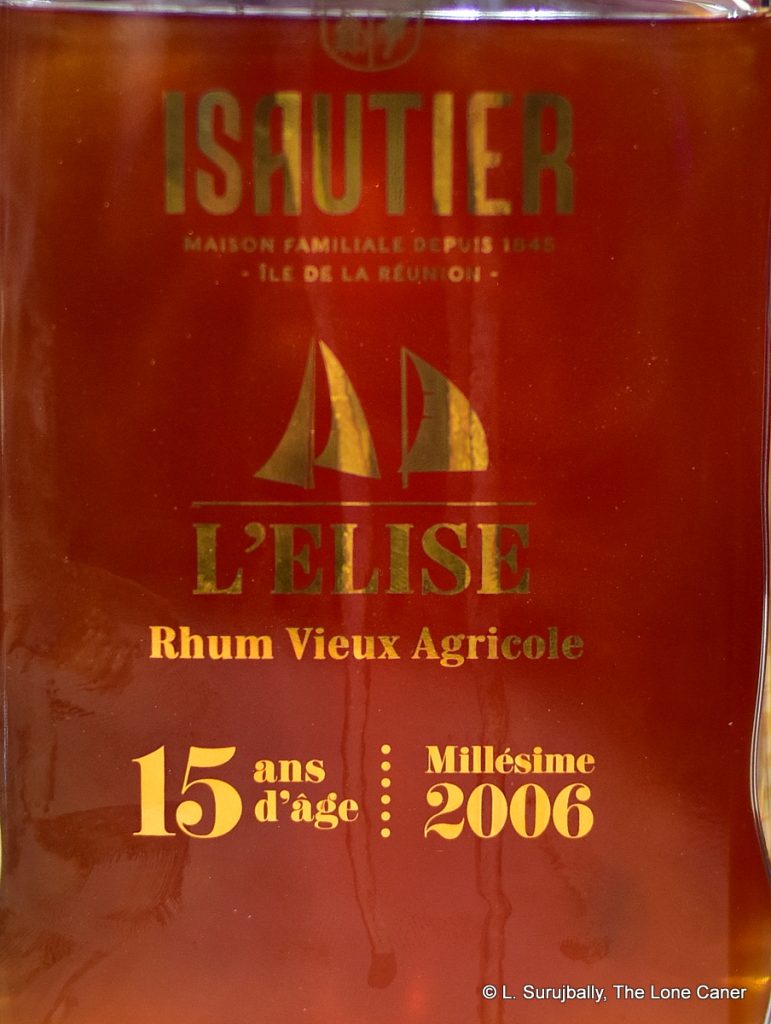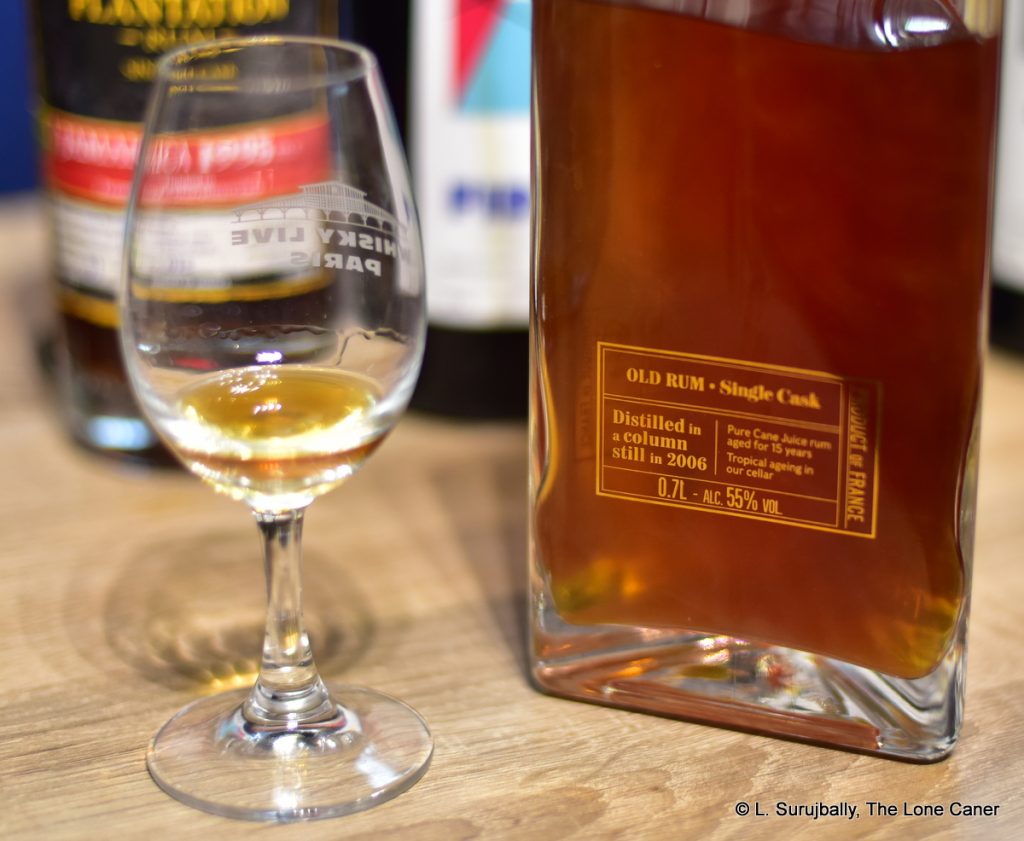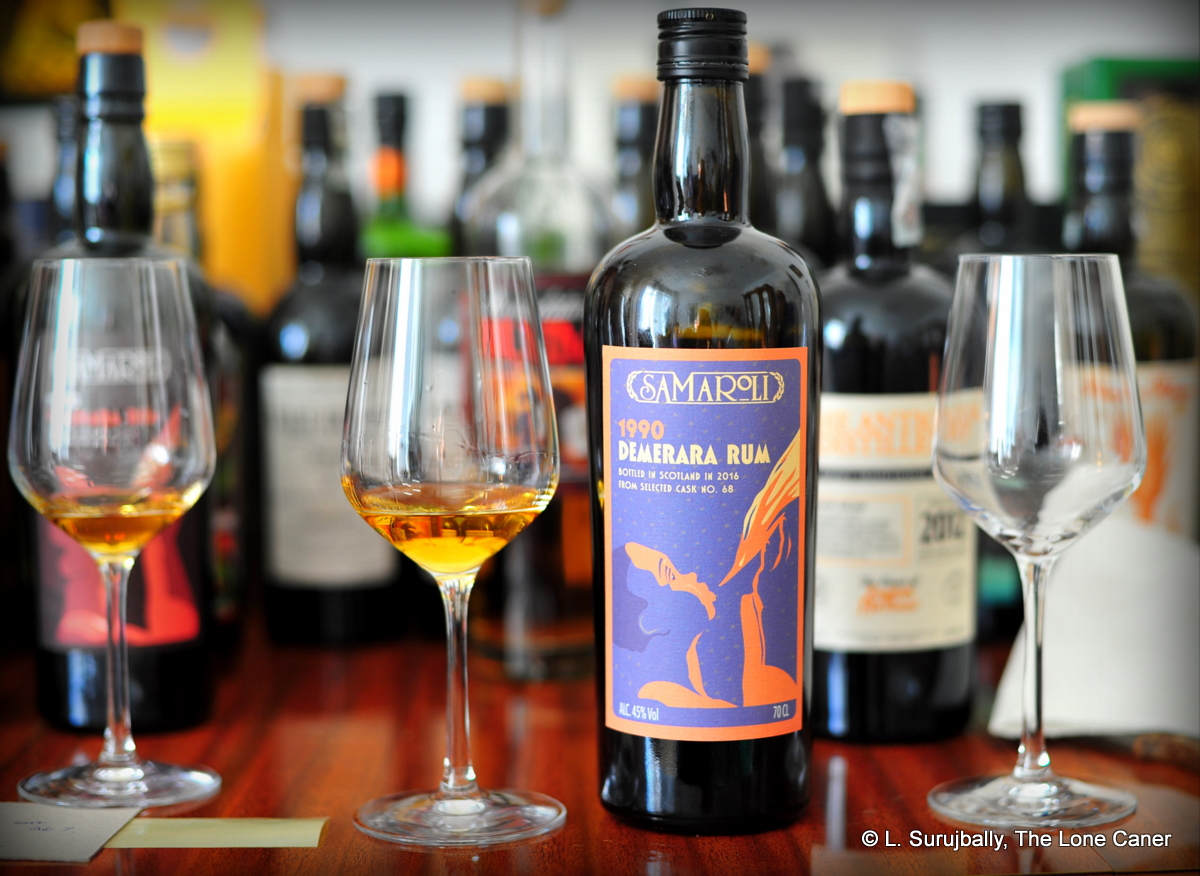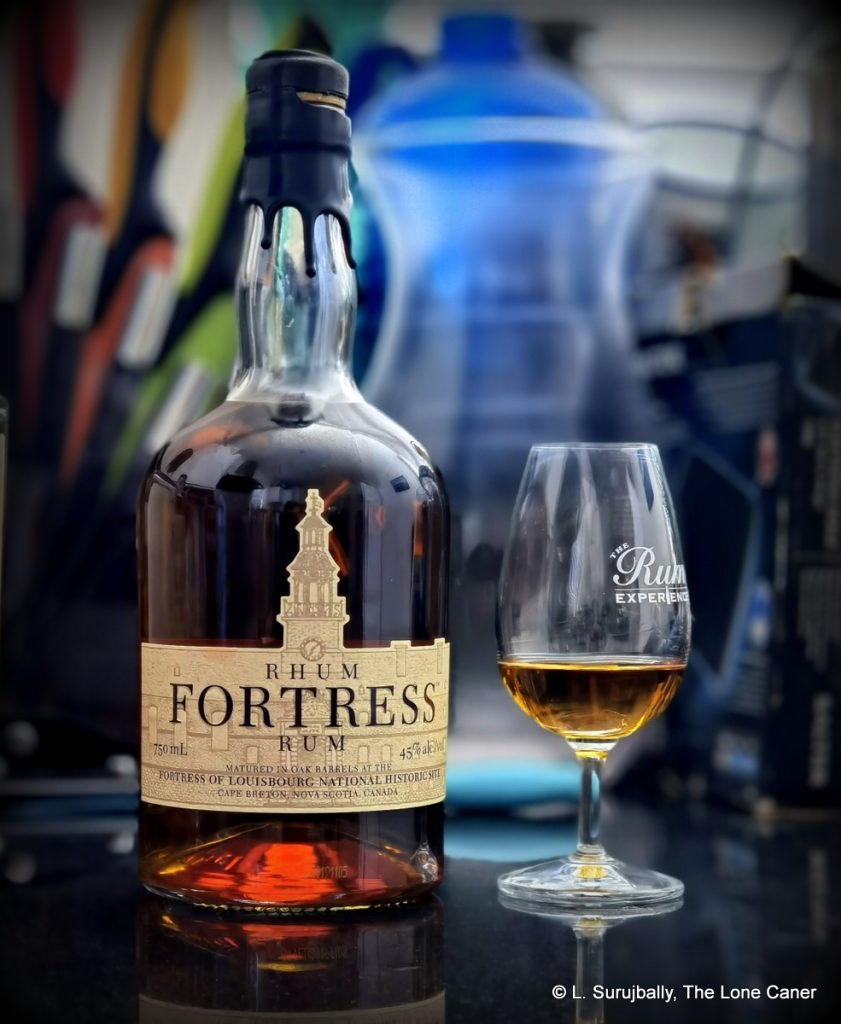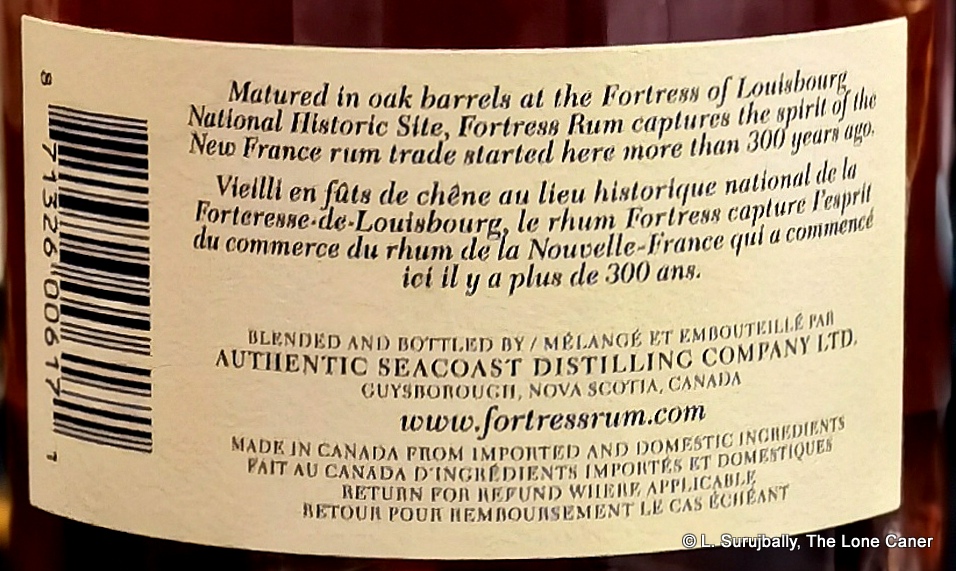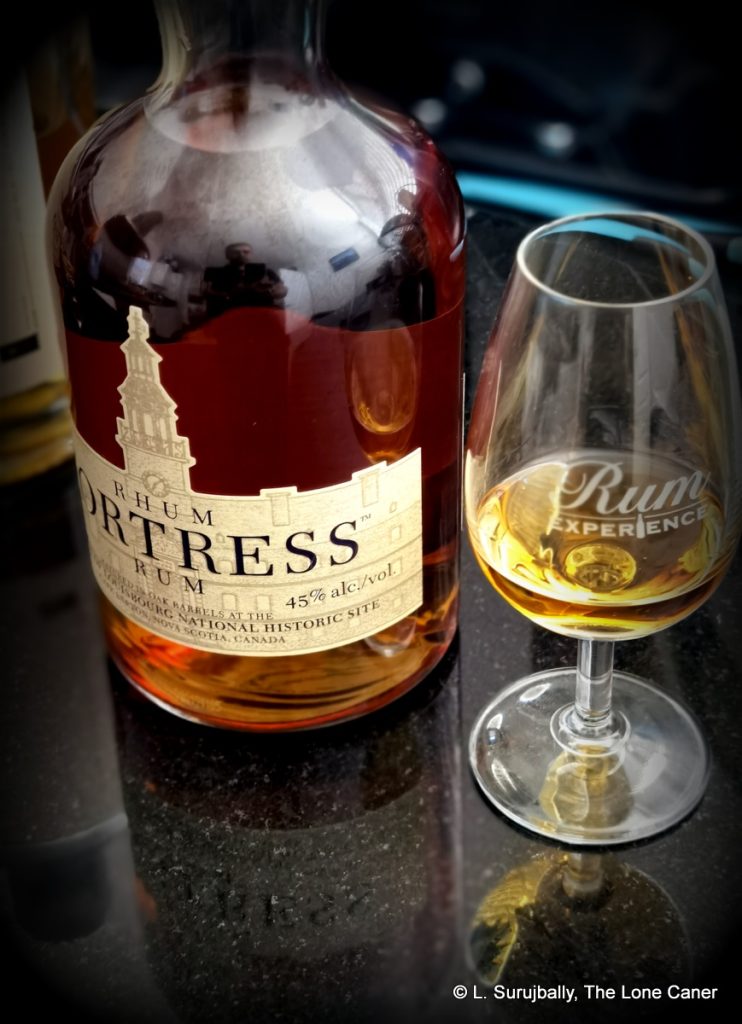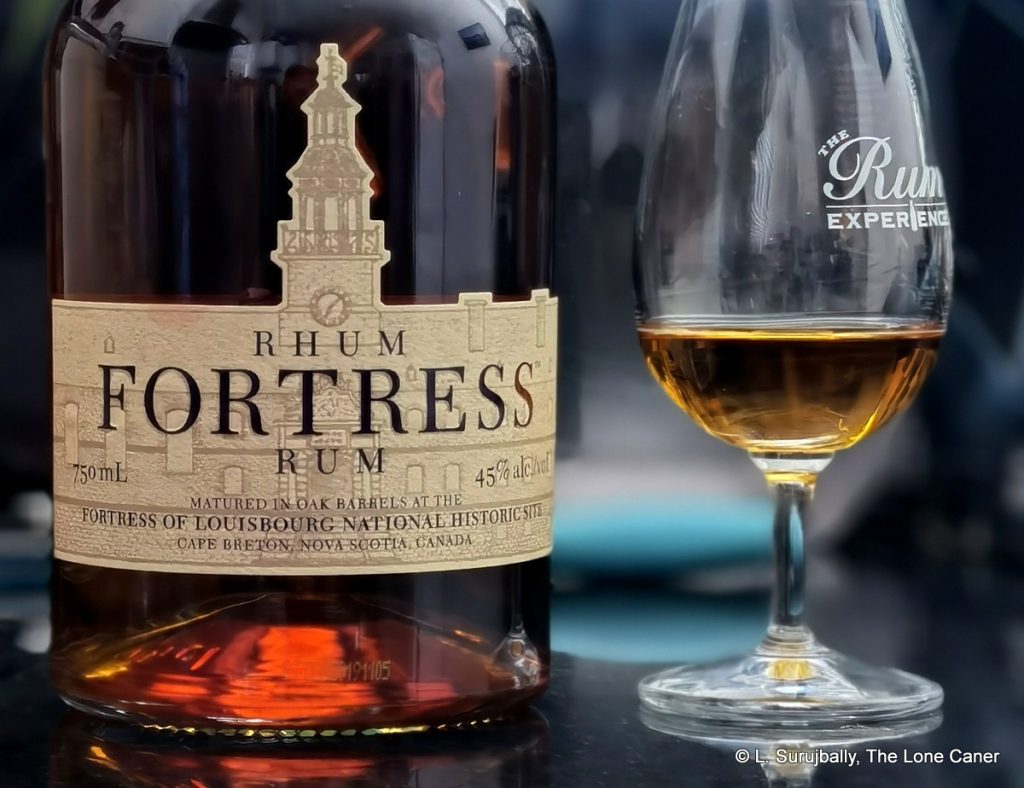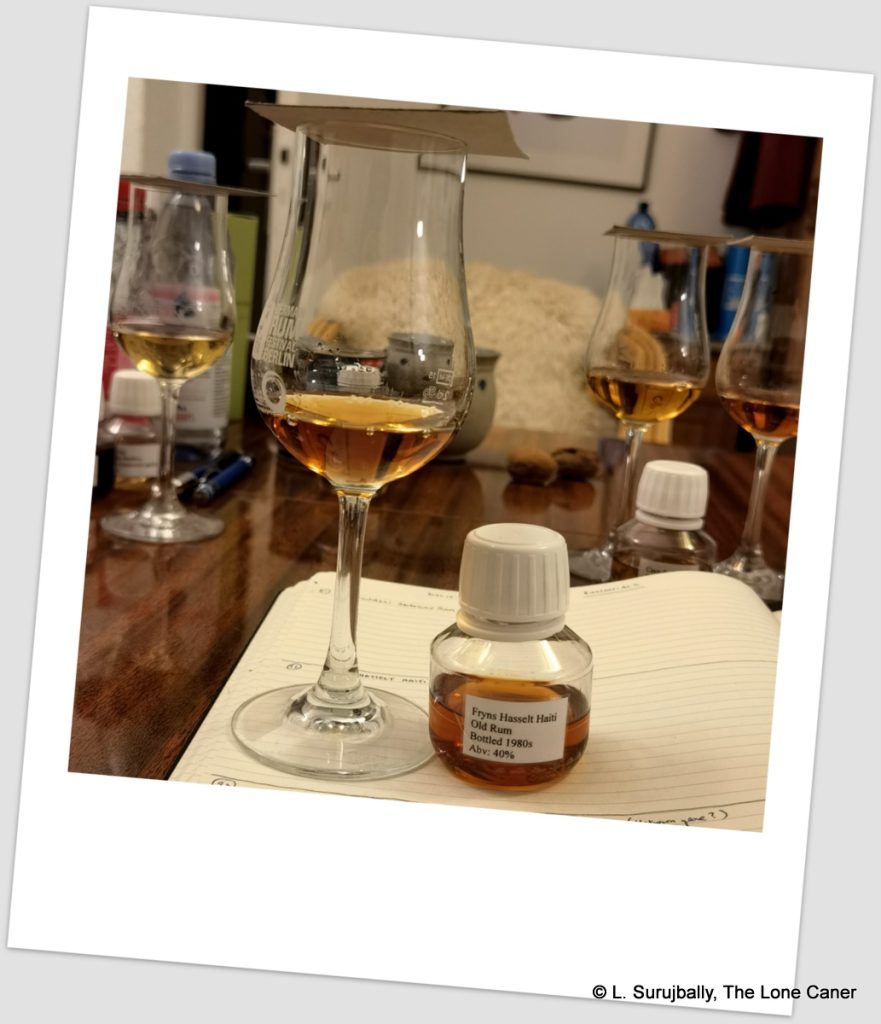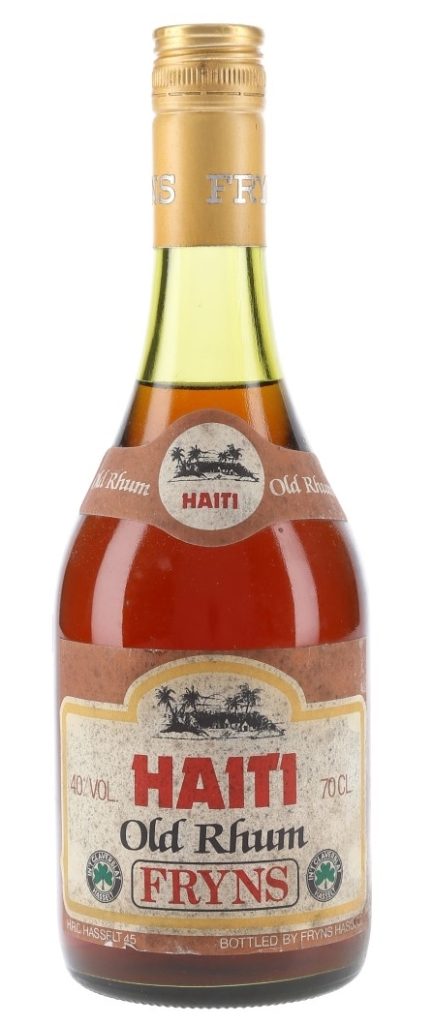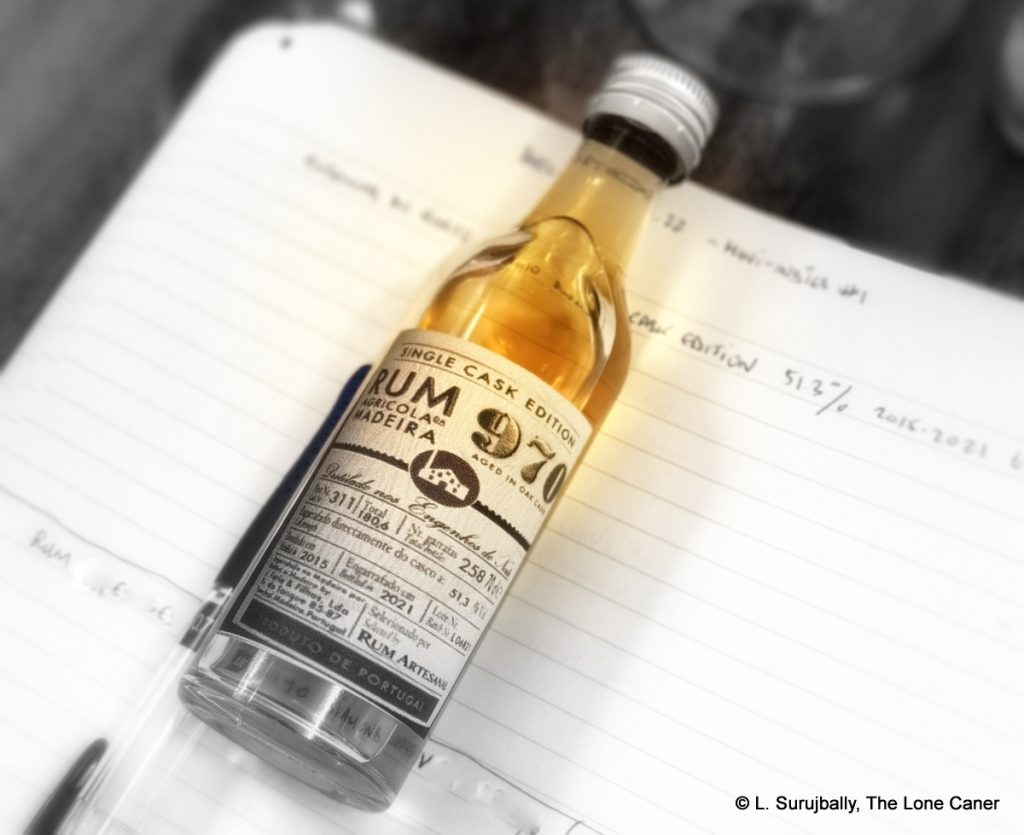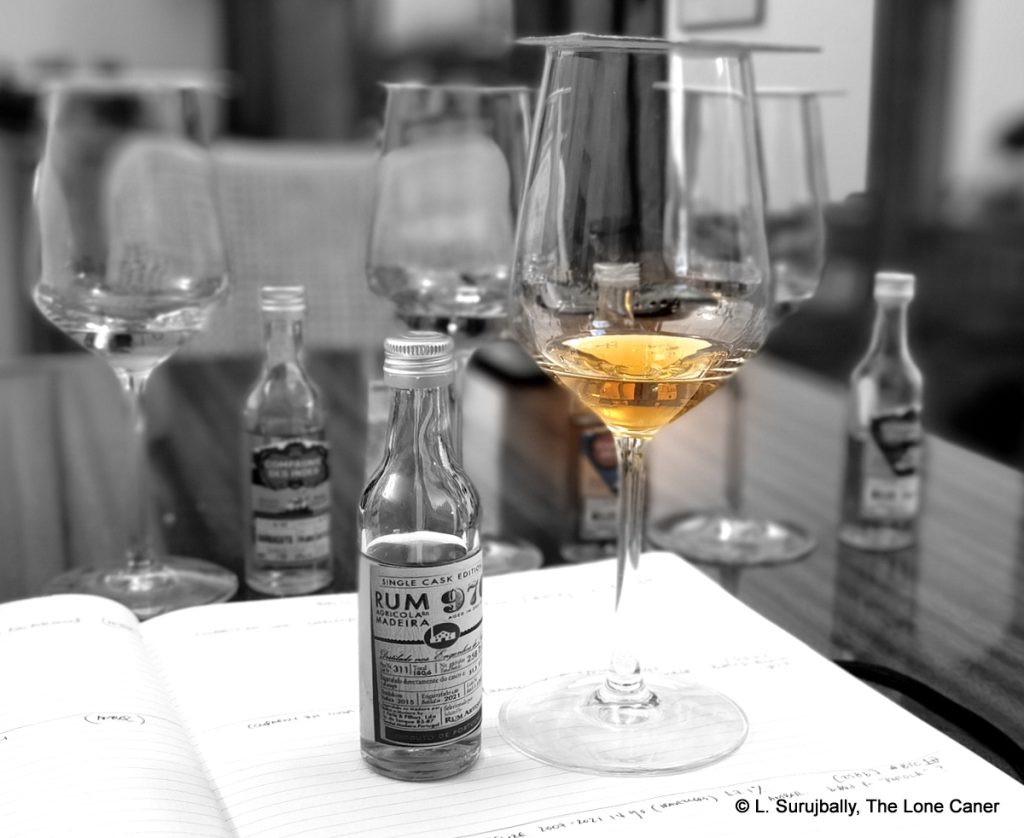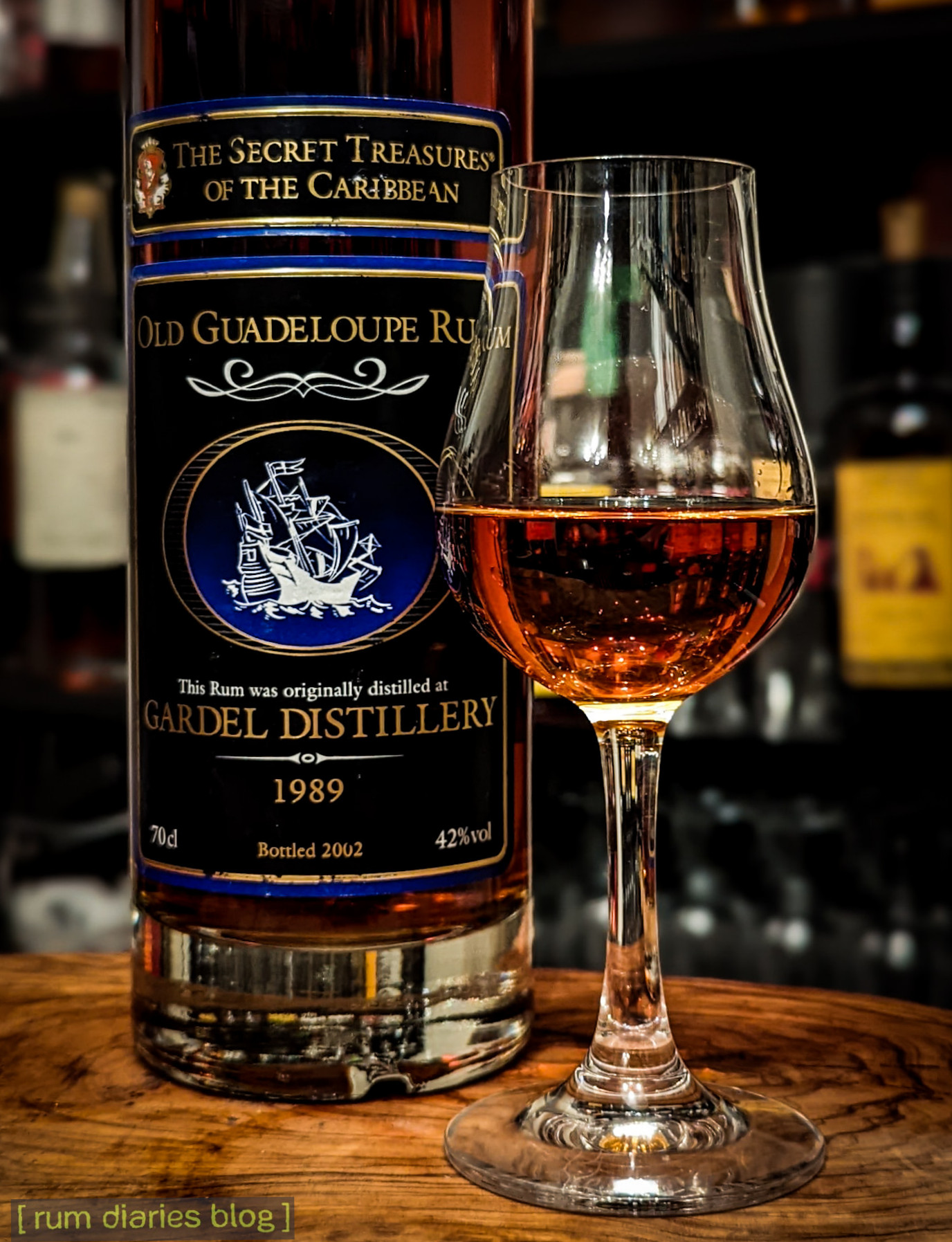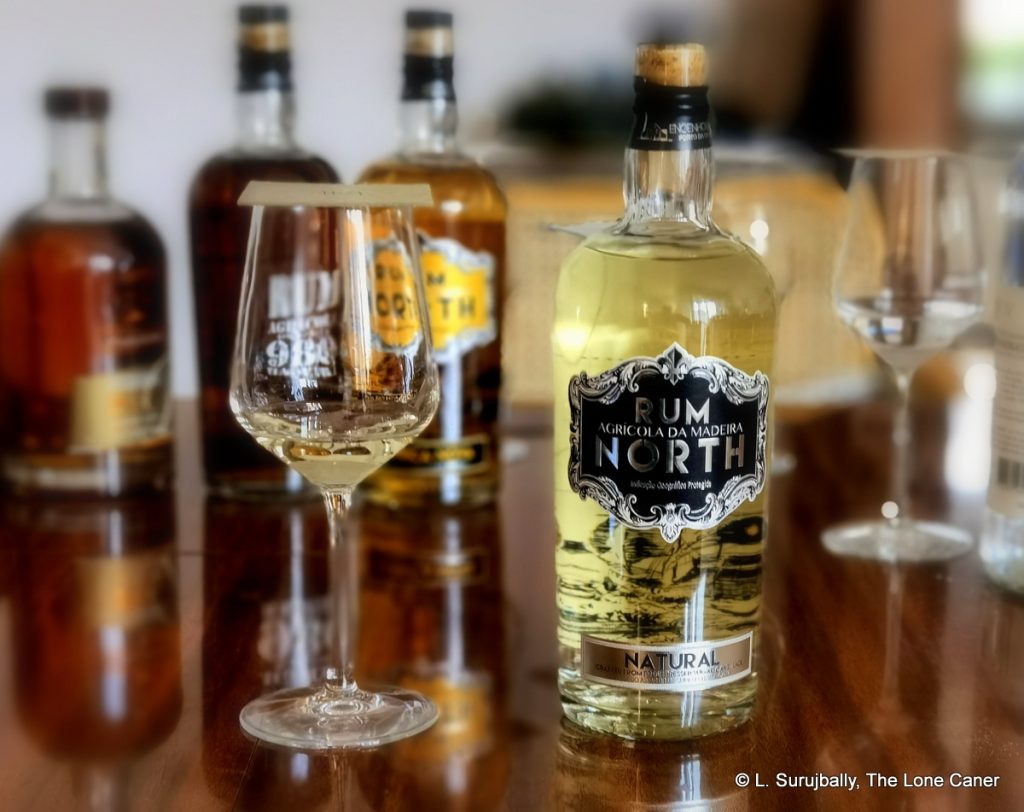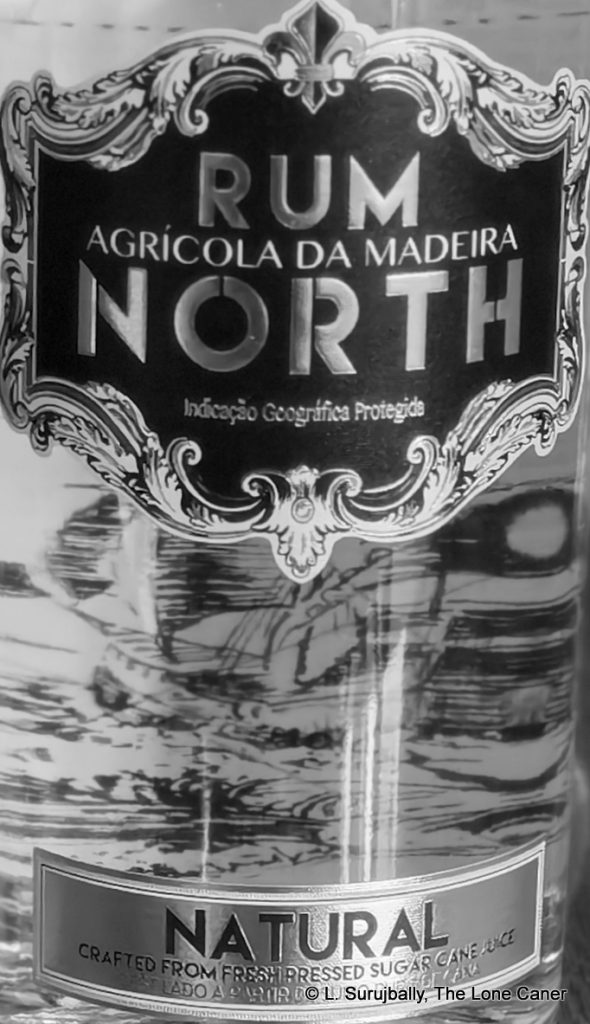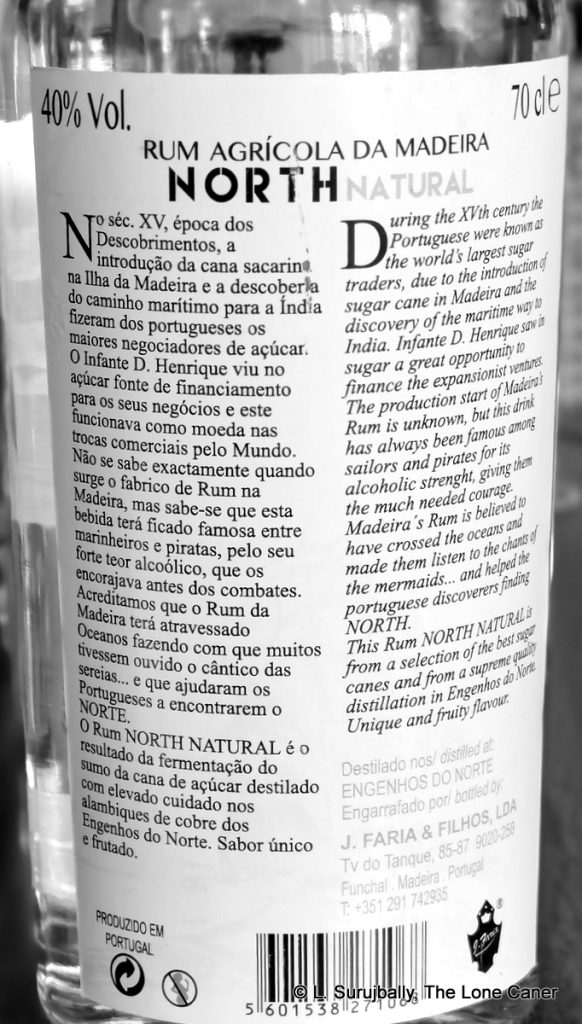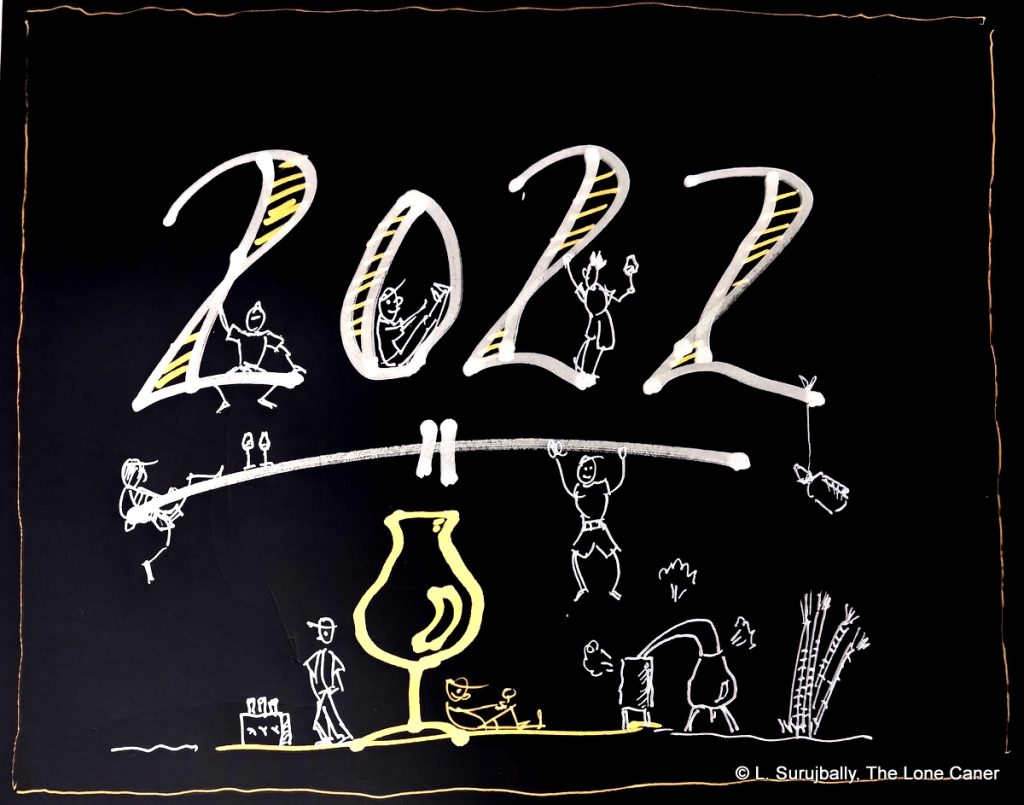
Although 2020 and 2021 were deserts of activities and opportunities to meet, share, drink, talk and socialise, the rumworld never really stopped ticking over, and while RumCask’s annual three-rum top of the year invitational roundup took a nosedive, many of us kept churning out product and adding to the literature, tasting new rums, and keeping the flag of geekdom fluttering. In late 2021 some rum expos timidly cracked their doors, and 2022 was when the world finally opened up and the entrances were flung wide for a resumption of the festival season.
The COVID period, for all its many tragedies and frustrations, was really quite productive for many – certainly it was one of the most intense periods of concentrated writing in my life. Essays, opinions, reviews, Key Rums articles and producers bios all flowed without pause, and when in 2022 all that output was added the ability to travel and access rum shows and my personal stash, well, there was a lot of material to be going on with for this year.
Highlights
2022 held many interesting experiences for the ‘Caner, following along from the rebuilding of the site after its crash in 2021 – though it’s never really recovered the hit level it enjoyed before that. I wrote 88 full length reviews including four new Key Rums, four major essays, three in-depth opinion pieces, three Makers profiles, yet another list of 21 great white rums, and did a long, rambling interview with Le Blog a Roger via email. And that’s not counting updates to the Guide to Online Resources, the Strongest Rums of the World post (which I keep an eye on because more strong stuff keeps getting made) or the 2022 and 2023 Rum Festival Calendars which I see as a curated resource to help all us citizens of the larger rumiverse make our travel plans (this is the one post where I have no qualms about being approached by commercial interests to list their event).
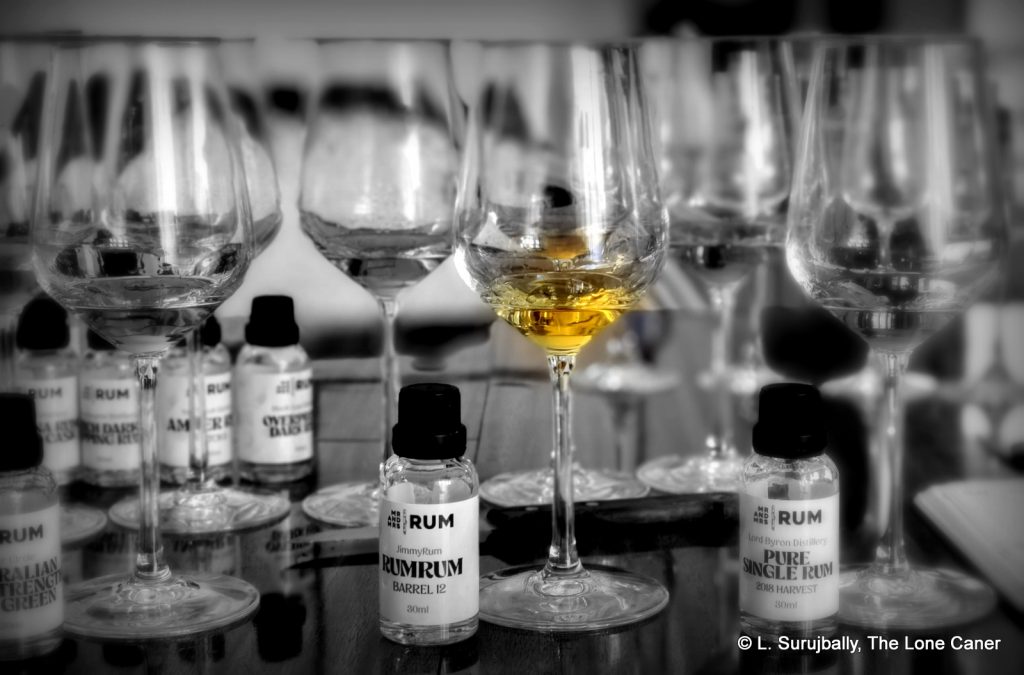
To my delight, finally, after whining about it for years, I got a serious sample set of Australian rums courtesy of Mr and Mrs Rum in Oz who sent me the 2021 advent calendar, which allowed me to get a sense of what was going on Down Under – the quality of what they are making over there is really quite fantastic and my only regret is they did not have the opportunity to make another one for 2022. I hope that names like Killik, Winding Road, JimmyRum, Kalki Moon, Tin Shed, Black Gate, Riverbourne and others will one day become as well known as the great distilleries of the West Indies, because what they’re making sure bears watching. The best part of the experience (aside from tasting the rums, of course), was simply being in touch with a bunch of really pleasant, committed, talented and skilled distillers, many of whom poured their savings and their lives into these small companies – they were happy to help, provided background, offered samples, and I bet that if I were to turn up unannounced at their doorstep, they’d give me three hots and a cot right next to the pot still and a special unaged white rum to cuddle up next to.
Activity in rums from niche companies in SE Asia, Africa and small islands like Cabo Verde was not as dynamic as 2019 had led me to believe they would be, so I did not see much from Mia, Chalong Bay, Issan, Vientiane, Laodi, Samai, M&G, Barbosa, Vulcao and others as I might have had they been exporting and showing up at festivals. Yet I’m sure they’ll turn up again in 2023, and it’s something on my list to keep an eye on. Balanced against that I was able to pick up a decent set of rums from Madeira, which I think may be poised to become a really big thing if the markets open up for them and a few voices make more noise about how good they are. Like Australia, it may just be a matter of them finding their legs and one producer coming up with something that gets huge audiences east and west, north and south that reflects on all of them.
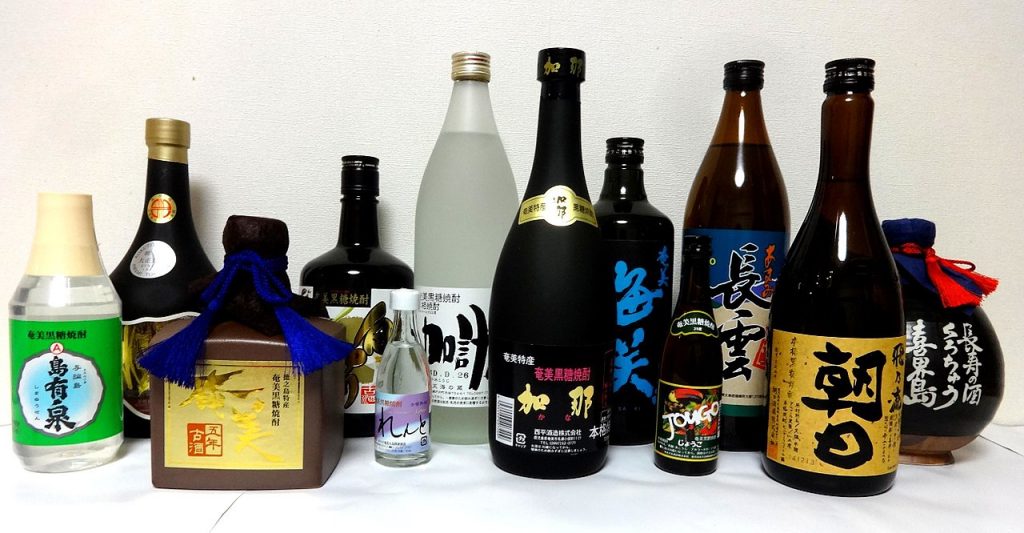
And of course I developed a strong interest on Japanese shochus, specifically the variant made from unrefined brown sugar, akin to Mexican panela used in charandas or the jaggery which the Indian rum makers use for some of their products. This led to more research, new friends – authors and podcasters Chris Lyman and Stephen Pellegrini were amazingly friendly and generous with their time, for example – and yet another branch of the Great Rum Tree to clamber around.
In late 2021 / early 2022 COVID receded and vaccinations were had, so I was able to come to Germany and start tasting a raft of bottles and samples that had been gathering there for over two years (and that’s a lot). Seeing the sprightly Grandma Caner and making a long-delayed trip to Flensburg were high points, and I would strongly recommend that anyone with an interest in rum go do the museum and the Sugar Mile in that small northern town. There’s a ton of old rum history in Eastern Europe we never hear about, and as I remarked to Sandor, who runs that interesting Hungarian site Rum Ambassador, we could all do to hear more about the stuff from there – sure it’s looked down upon as a verschnitt or a spirit drink or a room (which is to say, not “real”), but the base of these drinks was rum and sometimes we have to relax the standards a bit to understand more about our favourite tipple’s long history.
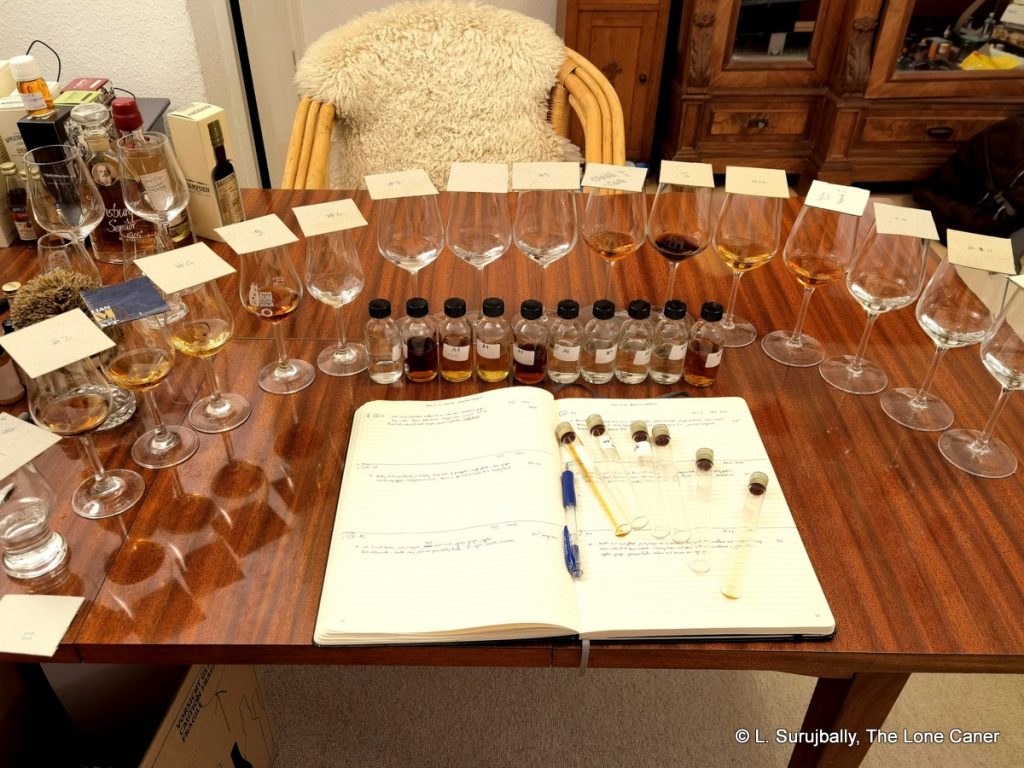
And, of course, there were the rum festivals, which opened with a bang in 2022. If it was up to me I would have done Miami, Paris (twice), Bordeaux, Berlin, Nordic and London (twice) and maybe even more, but the job, the purse and Mrs Caner stridently objected to such wanton profligacy in spite of my tearfully operatic protestations. As it turned out, I was able to attend the very well organised first TWE Rum Show in July, as well as Paris’s WhiskyLive in September and was fortunate enough to be accredited with a press pass to both (which did not allow me free entry to anything but the trade session, I hasten to add, though I did get a cool lanyard and badge to make me feel important; master classes and VIP tastings remained on my dime).
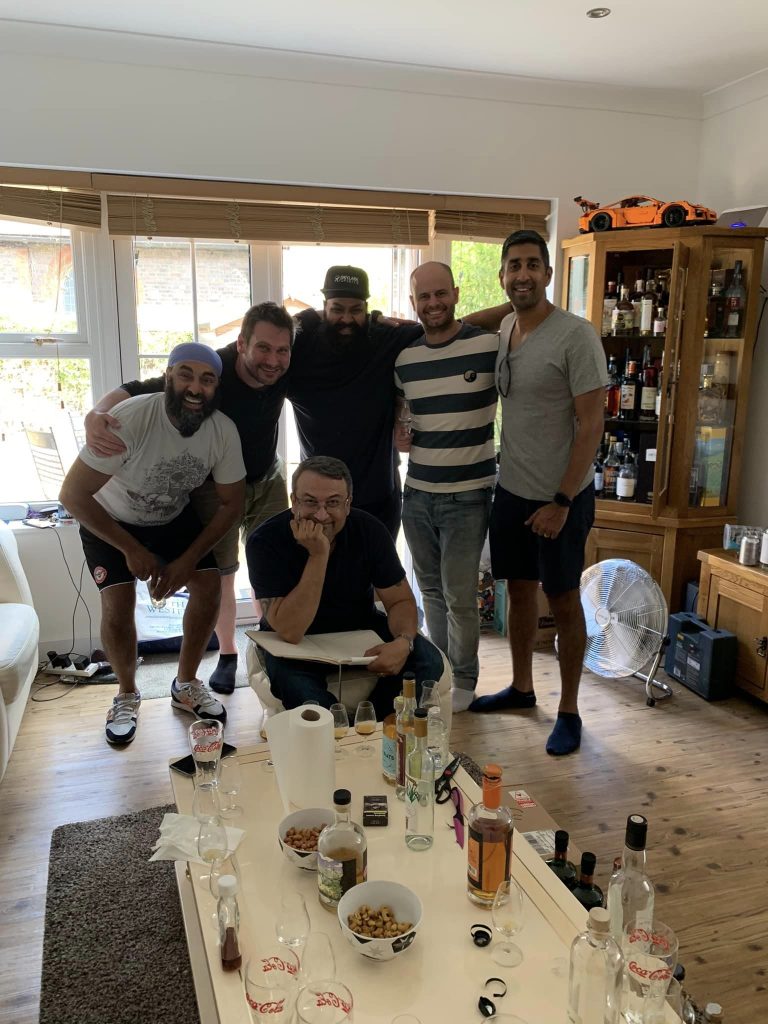
To say I enjoyed my time at these two would be an understatement. Meeting old friends and making a few new ones after such a long time in Solitary was enervating. I caught up with Christelle Harris and her uncle from Hampden, Benoit Bail-Danel, Jerry Gitany, Mitch Wilson, all my buddies from Skylark (Chet, Jazz and Indy who have now turned into firm friends whose fridges and rum stashes I can raid at will), the guys from J. Gow, Sugar House, Ninefold and Islay Rum Company, Daniele Biondi of Velier, Kris Von Stedingk, Alex Sandu, Ian Burrell, Sly Augustin (at last), Oliver Gerhardt of Rum-X, Robert of WhiskyDigest (best rum reviewer on Instagram by a mile), Dawn Davies of TWE (who sneaked me gratis into a few under-represented masterclasses and spotted me a few bottles I had begged for, for which I owe her big time). I had too little time with Richard Seale (we have a long-outstanding dinner and drinks discussion between us, but were both too busy), Laurent Cuvier of the French site Man With A Stroller, or Serge Valentin, who I had last met in 2014 at the formation of the Rumaniacs but who remembered me kindly; I missed Luca Gargano of Velier in Paris (I doubt I would have had any chance to actually talk to the man, but it would have been nice to say hello). And no such listing of personages could be complete without mentioning the great time I had cracking up with that certifiable kiwi, Richard Nicholson, who puttered around Europe for a year straight, in an old beat-up, farting, flower-power era VW van and attended every (and I mean every) rum show in sight, paying his way by renting out his services as the festival circuit’s most geriatric and cheerful booth attendant. And you ask why I like rum, the rum world and its denizens?

Indy, Richard Nicholson and the ‘Caner
Favourite Reviews / Articles of 2022
Going strictly by the year’s writing, excluding all the content from 2020 and 2021 (some of which was stuff I remain quite pleased with), here are those pieces I think are worth an occasional reread.
- Other Sugar Cane Spirits – Kokuto Shochu. Shochu is made from a wide variety of materials, but it was the sugar cane varietal I focused on in this long piece about an almost unknown quasi-rum from Japan. I followed it up with reviews of the Nagakumo Ichiban Bashi Kokuto Shochu, and Tomoet Moi Kokuto Shochu, which hopefully won’t be the last.
- The Australian Rum Series Recap. Granted a score or so of rum reviews from about a dozen distilleries is hardly enough to make any sweeping statements or trend analyses for an entire country with maybe ten times that many distilleries making hooch, yet I feel that even within that limited scope certain remarks could be made, and in it, I summarised my findings from all the rums from the 2021 advent calendar I had tried and keep my fingers crossed there will be another one in my future.
- The 2022 Spirits Business Rum & Cachaca Masters Opinion. In this post, which I believe remains applicable to pretty much all spirits judging competitions, I take aim at its many weaknesses, and express my dissatisfaction with the way the entire thing was handled. At the end, one major conclusion I come to, which has become stronger and stronger of late, that there has to be a consistent categorization model for all rums of all kinds, used by and agreed to, by everyone. This is unglamorous, unsexy and doesn’t fill many column inches or blog posts — and is too often seen as a GI thing, which it only partially is — but I think it will remain one of the most important unsolved issues of the rumworld in the foreseeable future.
- Key Rums of the World: St. Lucia Distillers Original Chairman’s Reserve. I always knew a rum from this somewhat underrated distillery had to be in the pantheon; I was just hampered by the cessation of the 1931 series after Rev 6, and my being stuck without a sample of the current original. Finally, this year, I managed to get the job done and really took my time crafting something I hope remains useful.
- A Guide to Online Resources. This post is one that keeps getting updating to stay current and while not often in the “top ten viewed posts of today” (the honour for that goes the Mohan Meakin bio, Strongest Rums of the world and Rum Fest Schedule), it’s one of the most useful posts on the site. I share it to the curious and the searching at least once a week.
- Key Rums of the World – Velier’s Haitian Clairins. It pains me to exclude so many other other Haitian clairins (including the well regarded Benevolence); yet I had to acknowledge the impact the five Velier-distributed rhums have had on the world of spirits, and this was my way of not chosing any one of them. A lot of text got left on the cutting room floor as well, yet even so, with history, commentary, tasting notes, opinions, hints and background, this article clocks in at nearly 3000 words. The whole thing speaks to my fascination with, my respect for, and my liking of, these indigenous artisanal rhums…and also my uneasiness about aspects of their promotion.
- Rhum Jacsi (Martinique) from the 1950s. Okay, have to be honest, this one is all about the history, not anything else. I found the backstory fascinating because it demonstrates something of how appreciation for rum and rhum and the varieties developed over a century in Europe.
- Review of Saint James “Bio” 2020 Rhum Blanc Agricole. Here it’s the writing I enjoyed. I don’t always or often feel energised, but after coming up with that joyous opening paragraph, I couldn’t stop and laughed my way through the rest of the review. Who says reviews have to be brief tasting notes and bland factual observations only?
- A User’s Guide to attending a Rum Festival. You can tell I was happy to be out and about the world again this year, and in that cheerful frame of mind, seeing the occasional questions on reddit, I wrote this lighthearted (but hopefully useful) novice’s guide to the perplexed, about what a rum festival is all about and how to survive one.
- Review of S.B.S. Antigua 2015 7 YO High Congener Rum. Hands down my favourite review of the year, because it channels how and where I tried it and who was there, with a sort of heedless abandon (trust me, I kept the embellishments to a minimum – it really was like that). Plus, it was a ballin’ rum, really. Occasion, location, rum and people all meshed into something raunchy, raucous and special, and I loved every minute of it.
- Creating the Ultimate Rum database Part I and Part II. This very long post is really about the Rum-X app: in writing it and delving into the history, I was struck once again how even here, the issue of categorization seeps subtly through the narrative. But that said, for historical background and a bio of a really useful tasting app and its founder that just so happens to double as a rum database is helpful in understanding the issues rum aficionados have faced in trying to make any kind of definitive list of all rums.
- Key Rums of the world – Ron Zacapa 23. Sooner or later I had to come here and make a case why this damned rum is so pervasive, so popular, so hated, such a constant feature in all people’s rum bios…and a Key Rum. Everyone tries it at one point in their journey. Some stay there, some move on. This article attempts to present the facts, explain the hype, and what it means to try it.
- Yet Another 21 Great white Rums. The third list of its kind. It’s not intentional – I just keep finding more of these delicious badasses, and feel they are often written off with some disdain by too many — especially by whisky drinkers who have no Zero-YO equivalents, look for big numbers, ask for bourbon lookalikes and don’t get how amazing these rums are.
- Company Bio of Amrut Distillers. Much more well renowned around the world for their whiskies, Amrut isn’t a big player in the Indian rumspace — let alone that of the rest of the world — when compared to Mohan Meakin’s Old Monk or United Distillers’ McDowell’s. Yet the story is interesting and tells us something of what it is and was like in the subcontinent, and the challenges faced by companies who wanted to do more, grow bigger and do it all at scale. Everyone knows something of the Caribbean distilleries and estates – the Asian companies are no less important, or fascinating, even if we have yet to see world-beating rums from any of them.
Favourite Rums of the Year
And this leads me to the final section of this ode to 2022, the rums I enjoyed most in 2022, the first list of this kind since the one I made to remember 2019, for the boys at the RumCask, who had asked for a couple of drams, and got a firehose instead. It should be noted that not all these rums were released in the year: but many were, and it’s important to both make the distinction and try one’s best to be representative of current releases, otherwise the value of the retrospective diminishes to the user. One is, after all, implicitly suggesting these rums are simultaneously available, of decently recent vintage and worthy of a buy: talking about an overpriced, barely-available rum from five years back is hardly likely to engender enthusiasm or make much sense.
In what may be seen as an odd move, I’ve taken most of the listing structure of The Rumcast (Will Hoekenga and John Gulla’s love child), whose podcast episode #70 listed many of their own picks in a categorization that is relatively brief, but workable (there’s no really good way to do this so it’s all up to the individual – see The Rum Barrel and Secret Rum Bar for alternative takes on the matter). I’ve ignored a couple, and changed the format some and my context is there for each.
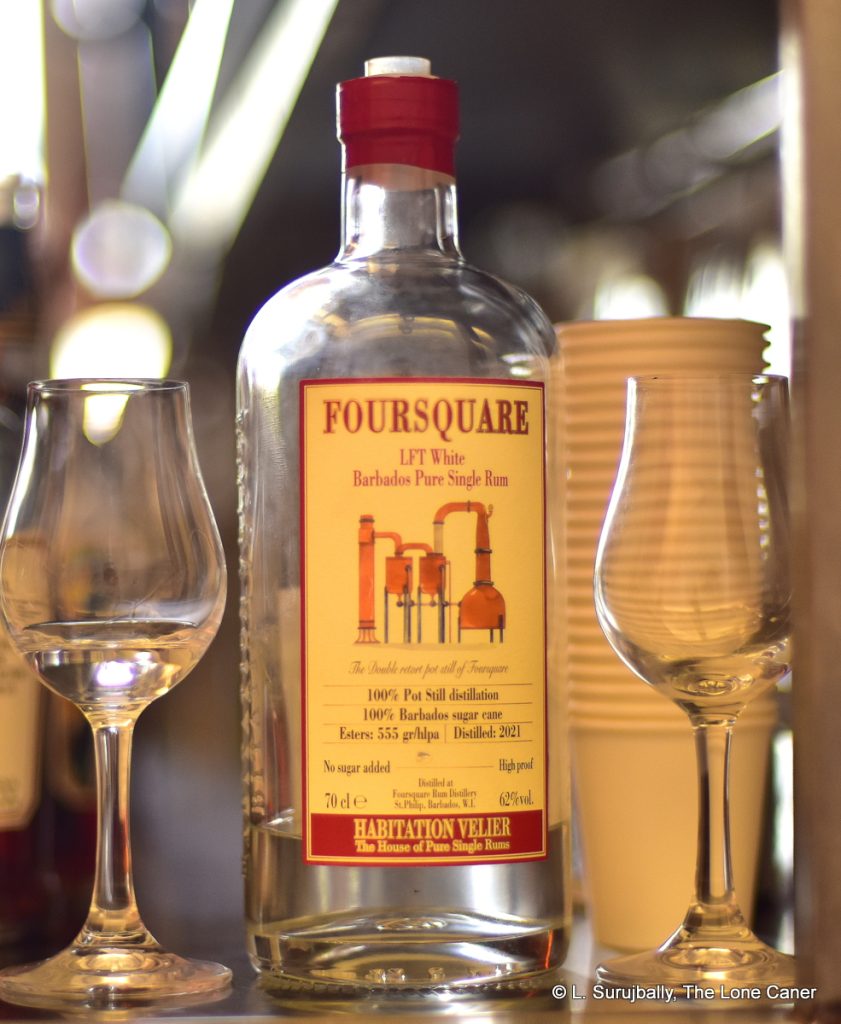 Unaged rum
Unaged rum
The white rum category continued to be the nexus point for some amazing innovation. There are several relatively small batch “Bio” rhums from the French islands, so this is surely a coming thing; I enjoyed the distinct differences of Renegade’s pre-cask whites and Saint Nick’s overproof was a quiet little stunner, as were the Australian cane spirits and agricoles. But for originality, and really freakin’ great tastes, Foursquare could not be beaten this year. As Richard observed to me in Paris, “It’s good to have the Habitation Velier label to bottle these more experimental rums under; we’re not ready to bring it out as a completely commercial product, but this allows us to gauge consumer sentiment.” This consumer agreed, and wanted more.
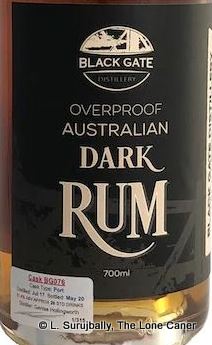 Aged rum (5 years or less)
Aged rum (5 years or less)
Aside from old stalwarts from all the usual houses, it’s not often I buy or manage to taste really young rums – the trend is towards older rums or NAS blends or unaged whites these days. Yet they continue to be made, often by new companies yet to find their niche. Sugar House was startlingly original, and Papa Rouyo was the equivalent of many a sterling Guadeloupe rhum: I considered both of these for the top slot. I also liked Chalong Bay a lot; and Renaissance is on its own plane of existence sometimes. It was Black Gate Distillery’s Dark Overproof from Australia that was the standout this year for me – for originality, taste, strength and overall quality. It must be noted, however, that all the others were really strong too, and it’s entirely a matter of personal opinion that Black Gate pipped the others, which were and remain worthy contenders.

2022 had eight rums aged more than five years which were so startlingly good that to pick just one was near impossible. Foursquare’s Sovereignty, Hampden’s Sherry-aged “Pagos”, Nine Leaves’ ever-better Encrypted IV, the Damoiseau, the Bally, that frikken’ awesome Saint James 15YO from the Magnum series… At the end of it all, I threw away the scoring and simply had to acknowledge that the SBS Antigua, like Velier’s “Catch of the Day” is an Antiguan masterpiece and concede it deserves its place on the podium. If you forced me, if you pressed, I’d have to give a strong second place finish to Saint James and Rum Artesenal right behind that.
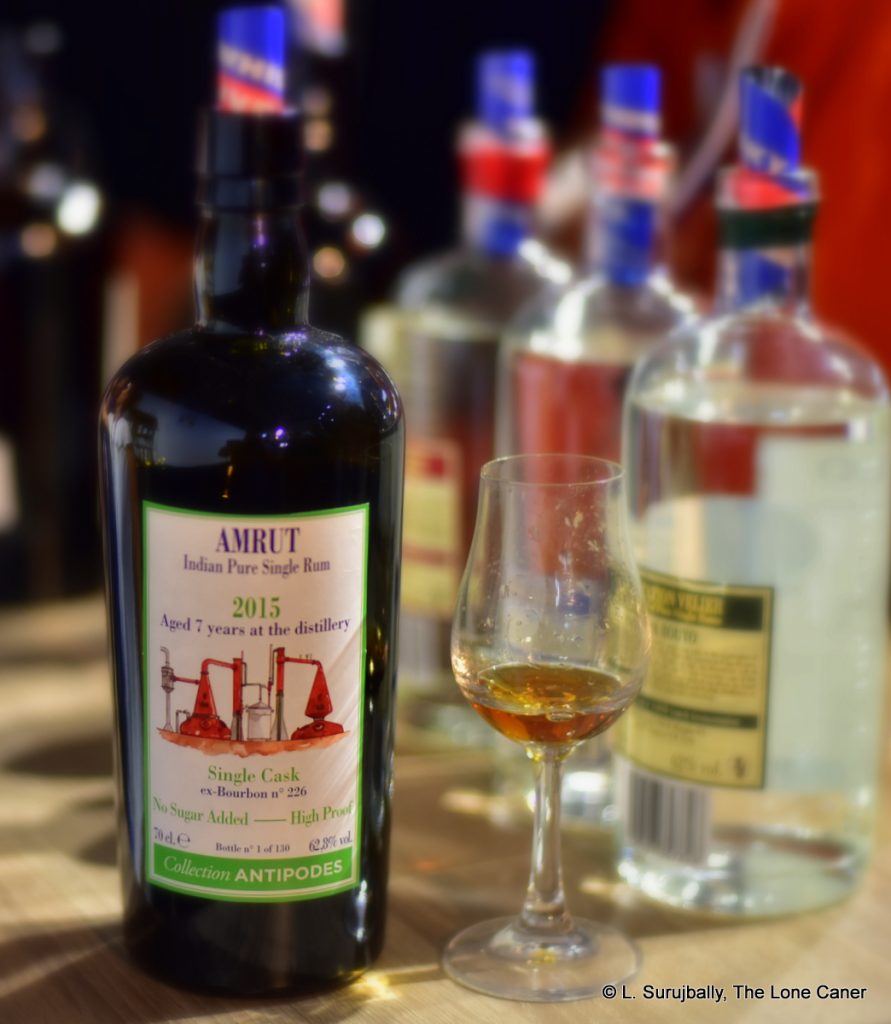 “New to me” rum
“New to me” rum
One of the reasons to go to rum festivals is to try new things, whether innovations from old companies, or new companies doing their own thing. This year I picked one from each of the major subdivisions of my thinking: one from Japan (a shochu), one from the Australians, one of the new Scottish rum distilleries and one from Taiwan. I could have picked more, but these were the ones that channelled some form of serious and distinct originality which tweaked the format in a new direction. Does it come as any surprise that my enthusiasm for the pot still, jaggery-sourced Indian rum from Amrut bottled by Habitation Velier led the pack? I wrote with some wonder, that it’s “familiar enough to enjoy, strange enough to enthrall, flavourful enough to remember (and then some). Taste, complexity, balance, assembly, they’re all quite top notch.” I still think that way about it.
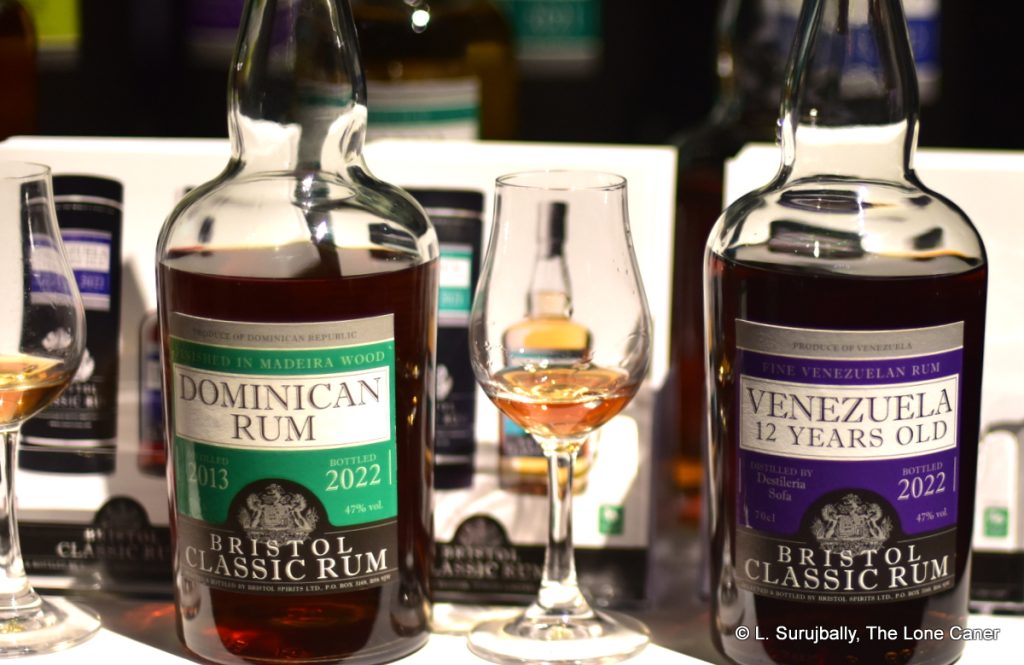
These days, the breadth of experience and the sheer number of rums I have in my physical and mental library makes it difficult for anything to surprise me…or so I thought. Bristol Spirits showed me I still had stuff to learn. Because, although normally I don’t care much for Spanish Heritage style rums as a whole – the soft, column-still low-strength barrel-aged easy drinkers don’t present much of a challenge or anything that’s significantly different from one year to another – these two rums from the 2022 rollout really impressed me. They were simply better in almost every way than the occasionally boring rums from either location I’ve tried before. Whether that’s because they tweaked the fermentation, added a pot still, did some extra boosting under the hood, who knows? The results speak for themselves.
Honourable mention, however, has to go to two of the more original Australian rums I tried: from Aisling Distillery, who made an agricole with a terroire profile that cause quantum states to vibrate with new frequencies, and Killik’s channelling of the Jamaican style to a completely different level. I hear the latter is exploring opportunities in western markets: when you see it, make sure you try it.
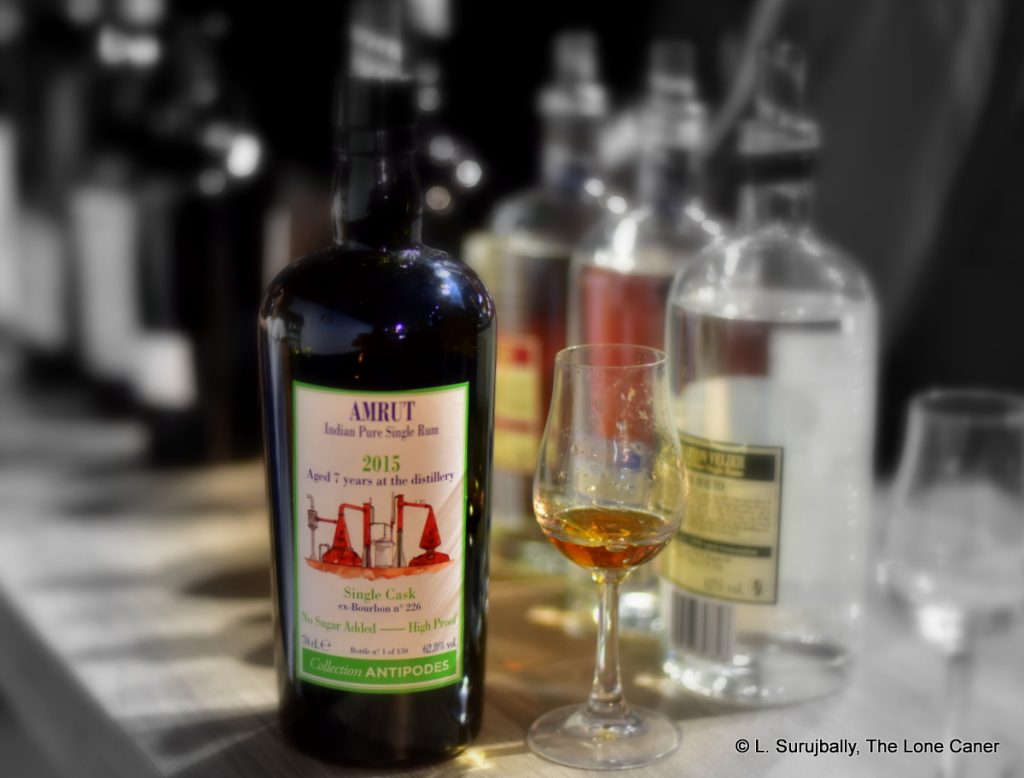
- Overall Favourite Rum Of The Year – based on novelty, strength, taste, uniqueness and the introduction of something new – and these are important, because this year we have a really strong field on so many different levels — I’ll have to say the Habitation Velier Amrut ticks slightly more boxes for me than the Foursquare LFT or the Australians and the Magnums, though it’s close, very close. Strong runners up are the Black Gate Dark and Velier Saint James Magnum (or the Mount Gay) and of course, that insanely wonderful Foursquare.
And so, there you have it. An entire year’s worth of experiences and tasting and thinking, distilled into just shy of 4,000 words. It doesn’t cover the actual wealth of rums I tried, or every single experience I had, but it gives you a flavour of how great this year was.
See you next year, then, when the advance towards Review #1000 kicks off. You can be sure there will be an even longer retrospective for that one.
Happy New Year!
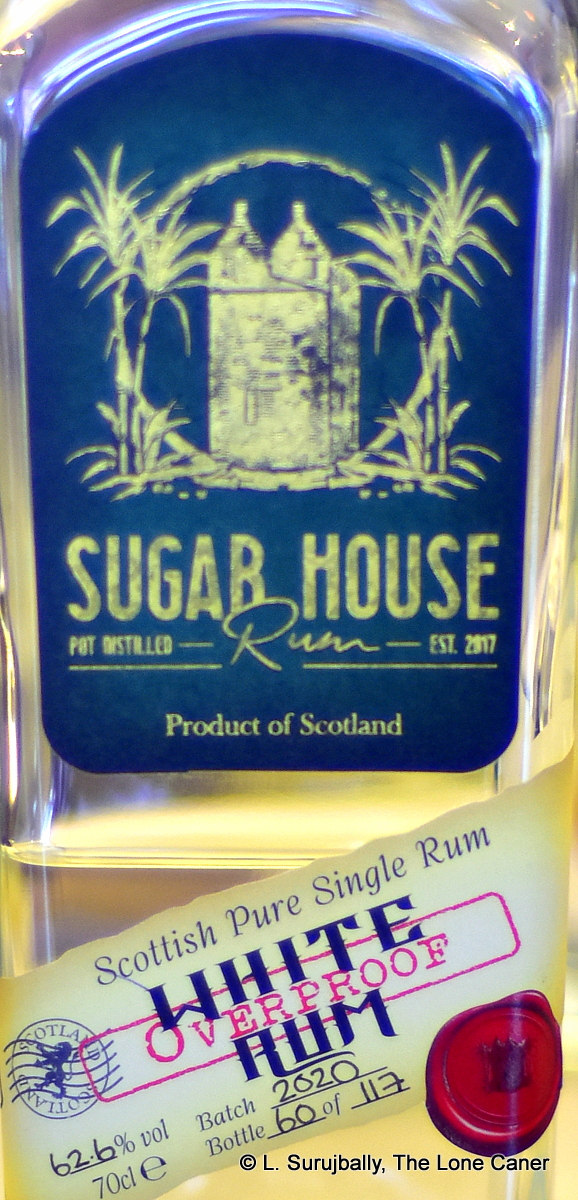 It’s probable that the strength was no accident, being just a hair off the Wray & Nephew White Overproof, which in turn WP is taking aim at with its own Rum Bar 63%. And when sniffed, well, it gave those legendary badasses some serious competition – it channelled such a crazed riot of rumstink that it was difficult to know where to start. Initially my increasingly illegible handwriting made mention of acetones, plastic, and a sort of sweet paint thinner (is there such a thing?). The nose was a wild smorgasbord of contrasting aromas that had no business being next to each other: salt and cardboard, rye bread liberally coated with sweet strawberry-pineapples jam…over which someone then sprinkled a liberal dose of black pepper. Fruits both spoiled and unripe, machine oil, drywall. There was a chemical, medicinal, varnish and turpentine aspect to the nose that may affront, but I stand here to tell you that it’s a terrific sets of aromas and if I had appreciated the original white rum I had started with, I really liked this one.
It’s probable that the strength was no accident, being just a hair off the Wray & Nephew White Overproof, which in turn WP is taking aim at with its own Rum Bar 63%. And when sniffed, well, it gave those legendary badasses some serious competition – it channelled such a crazed riot of rumstink that it was difficult to know where to start. Initially my increasingly illegible handwriting made mention of acetones, plastic, and a sort of sweet paint thinner (is there such a thing?). The nose was a wild smorgasbord of contrasting aromas that had no business being next to each other: salt and cardboard, rye bread liberally coated with sweet strawberry-pineapples jam…over which someone then sprinkled a liberal dose of black pepper. Fruits both spoiled and unripe, machine oil, drywall. There was a chemical, medicinal, varnish and turpentine aspect to the nose that may affront, but I stand here to tell you that it’s a terrific sets of aromas and if I had appreciated the original white rum I had started with, I really liked this one.
